 Abraham Lincoln
If given the truth, the people can be depended upon to meet any national crisis...
Abraham Lincoln
If given the truth, the people can be depended upon to meet any national crisis...
 Guildford news...
for Guildford people, brought to you by Guildford reporters - Guildford's own news service
Guildford news...
for Guildford people, brought to you by Guildford reporters - Guildford's own news service
Birdwatcher’s Diary No.260
Published on: 5 Aug, 2022
Updated on: 5 Aug, 2022
By Malcom Fincham
As we moved into the second half of July temperatures began to rise once again above 30c. This included a couple of days close to 40c.
As a teenager, having lived through the infamously hot summer of 1976 when high temperatures and dry weather lasted from mid-June to the end of August and included 15 consecutive days where a maximum temperature in excess of 32C were endured, I looked back and wondered how I survived?
Out all day with friends, without even a bottle of water to share. “We must have been hardier folk then?”, I sighed, as I struggled though the recent days of heat.
Somehow my weather concerns had left me overlooking what I felt was an important event while writing my previous report during the first weeks of July.
It was quite worrying to me that I hadn’t documented it at the time. Could I be becoming too nonchalant about such events? Surely not!
It had been a good year for purple emperor butterflies, and although having already seen them in late June dog-fighting over the oak trees at Bookham Common, I hadn’t yet seen any come to ground this year. A window
of opportunity, however, and with much thanks to Dougal for the lift, allowed me a chance to visit Chiddingfold Forest.
I must admit we did make it look rather too easy at the time. Arriving at the locally famous triangle, from the Botany Bay entrance we waited no more than a minute before one descended onto the ground.
We watched it for a good 30 minutes as it probed its proboscis into the ground having found some minerals on which to feed, not even being distracted by a red admiral attempting to feed alongside it.
There was no doubt it was becoming rather warm as we passed the midpoint of July and wisely many farmers had already begun to harvest their grasslands as fears of fire continued.
On July 17 I visited Pewley Down in the company of Bob and Dougal. This gave me the opportunity to see chalkhill blue butterflies out on the wing there for my first time this year.
A few small blue butterflies could also be found, now out on their second brood.
A few marbled white butterflies were still on the wing, although not in the abundance of my previous visit.
A bonus to the day’s sightings was a clouded yellow butterfly, and in the same area of field that we had seen one last year. Unfortunately with the sun constantly shining that day it was unwilling to settle long enough for a photo and the will to chase it in the heat eventually defeated us.
The tide of summer was now beginning to turn in the avian world with reports of birds already returning south from more northerly breeding grounds. These included sightings of common sandpipers.
Twenty nine black-tailed godwits stopped of briefly at Tice’s Meadow on July 19 before continuing their southward journey.
Although not seeing them personally, or the wood sandpiper that spent several days there during the last week of the month, I wasn’t too upset as I had already seen both elsewhere this year.
I did, however, get a couple of record shots of a common sandpiper, as well as a green sandpiper in flight on one of my visits there.
On Whitmoor Common on July 23 I was able to observe a common whitethroat as it timidly popped out of a gorse bush and gorged on some blackberries that were now beginning to ripen.
An opportunist song thrush among the brambles looking to supplement its diet on some of the first ripening blackberries.
Several families of green woodpeckers could be heard yaffling in what always sounds to me a disgruntled call. Never finding them the easiest birds to photograph, I eventually caught up with one perched on a post in the nearby old horse paddocks.
On July 24 I took the opportunity to visit Thursley Common and surpass my yearly aim to see more than 40 species of butterfly in a year. Grayling butterflies had always been quite an elusive on for me until recent years when I found a few locations, including Thursley, where they favour.
Sadly while nearby we witnessed plumes of smoke rising in the direction of Hankley Common. Another heathland was alight! One of a succession in recent weeks. Once again reminding me of those tinder dry days of “76” when my father, a fireman at that time, spent many hours attending to many such events while working for Surrey Fire Brigade.
Although the weather had cooled a little as we approached the end of the month, there still wasn’t any rainfall in the southern regions of the UK.
At the Riverside Nature Reserve, near Burpham, having not had the opportunity to visit there for a while, I was surprised to see and photograph so many species.
The heat from recent days had even left its mark on the meadows by Stoke Lake. To me looking suspiciously like arson, having had another fire there just the previous day.
To my delight, flitting back and forth between the now scorched hawthorns on the south side of the lake, as well as in the non-burnt areas, were a pair of stonechats I had seen there just a month before on a previous visit. And in addition at least two others could now be viewed there.
In the same area about the charred patches of ground three reed buntings fitted into one of my photos. While another perched at the top of one of the scorched hawthorn bushes.
On another part of the reserve, I also found a garden warbler still present that I had seen earlier in the year.
A reasonable variety of butterflies could be found.
Within the long grass that still remained at the southern end of the lake a few common blue butterflies could be seen.
Also a few large skipper butterflies.
A good contender, in my view, of Essex skippers with their back antenna tips.
And a few burnet moths.
Although not in vast numbers, there were some purple hairstreaks in the oak trees by the lakeside.
Gatekeeper butterflies had become the most prominent during the last weeks of the month.
Green-veined white butterflies had made an appearance in good numbers in the abundant vegetation surrounding the usual wetland areas by the boardwalk, now almost completely dry of water.
A few small white butterflies could also be viewed.
And even a lone ringlet butterfly, now coming to the end of its summer lifecycle.
Fortune even came my way as a stag roe deer poked its antlers and head briefly above the surrounding vegetation.
Unsurprisingly, water levels had dropped a little at Stoke Lake, and the reeds and sallow along its borders was becoming jungle-like, allowing few viewpoints across the water.
Families of reed warblers could be glimpsed within its vegetation, giving them good seclusion from predators.
As also at Britten’s Pond earlier in the month, families of long-tailed tits could be heard in conversation with each other as they worked through the willows around Stole Lake.
Both young and adult chiffchaffs could also be viewed and beside the gravel path that runs alongside the lake a green woodpecker could be seen looking for insects to consume.
There was little of note in the way of wildfowl on the water. Just a small group of Canada geese, a few mallard and a pair of great crested grebes.
It was good to hear, and occasionally glimpse on several occasions, at least three kingfishers as they darted low, one behind the other across the water.
I wondered the lack of gulls that normally appear on the lake this time of the year with just a dozen or so present.
My question was soon answered when suddenly from out of nowhere a peregrine appeared, scattering the gulls present, leaving me no time enough to collect my thoughts and take a photo until it had flown overhead past me. It settled briefly on one of the distant pylons, with talons empty, before moving on out of view.
Other raptors present included a sparrowhawk overhead.
A kestrel hunting over the meadows.
A common buzzard passing through.
And what become in recent times a red kite over the recycling depot just the other side of the River Wey.
Back at home in and around my own garden a red kite continued to be regularly seen overhead. On one occasion even stooping down just over the rooftops scattering a group of circling local feral pigeons.
Swifts continued to “scream” though the gardens during the daytime.
They could now, however, be observed circling high over the rooftops in a tight formation before returning to their nests to roost. An early indication to me they would soon be departing back to Africa.
One surprising sight was while watching my local house sparrow one evening. They were happily feeding on the seed I had put out on their feeding station when a little head poked out from the nearby forsythia hedge
Yes it was a cheeky young opportunistic rat trying to reach out for one of the seed trays!
The highlight, for me, came during the last days of the month with a trip with Dougal to Pagham Harbour, West Sussex. At the North Wall, Pagham, a squacco heron had been reported and had been showing well on occasions.
Although having already seen and written about one at Titchfield Haven in May 2019, I was rather hopeful to get some better photos.
And I didn’t leave disappointed. It could be observed well on our arrival among a group of cows at Halsey’s Farm, near the North Wall.
Equally as impressive to my mind were more than 40 cattle egrets among the cattle there, along with several little egrets, both once being a rare sighting in the UK.
With weather conditions of late I was half expecting to see a few wildebeest wander by! One could almost imagine being at the Serengeti National Park!
Responses to Birdwatcher’s Diary No.260
Leave a Comment Cancel reply
Please see our comments policy. All comments are moderated and may take time to appear. Full names, or at least initial and surname, must be given.
Click on cartoon for Dragon story: Public Asked for Views on SCC’s Proposal for Reduced Speed Limits



Recent Articles
- Have You Seen Missing Scarlet-Rose?
- Guildford’s MP Cuts the Ribbon at Merrow Post Office Opening
- Letter: Recreational Rowing Might Be the Answer
- A281 Closure – Additional Works To Take Advantage of Road Closure
- Breast Screening Unit Comes To RHS Wisley
- Final Phase of Deepcut Redevelopment Approved
- GuilFest Returns to Stoke Park with Global Names and Local Soul
- Exercise May Aid Body’s Immune Response Against Cancer, Pilot Study Finds
- Letter: How Surveys of Public Opinion Should Be Organised
- Updated: Catapult Attacks, Shoplifting and Graffiti – the ASB Problem That Ash Is Facing


Recent Comments
- Roger Kendall on Updated: Catapult Attacks, Shoplifting and Graffiti – the ASB Problem That Ash Is Facing
- Anthony Williams on A281 Closure – Additional Works To Take Advantage of Road Closure
- Jules Cranwell on Flashback: Council Report Accepts Juneja Case Has Caused ‘Reputational Damage’
- Tony Harrison on Letter: Reduced Speed Limits Will Save Lives
- Tony Harrison on A281 Closure – Additional Works To Take Advantage of Road Closure
- Helena Townsend on Letter: Not All PIP Claimants Need It
Search in Site
Media Gallery
Dragon Interview: Local Artist Leaves Her Mark At One of England’s Most Historic Buildings
January 21, 2023 / No Comment / Read MoreDragon Interview: Lib Dem Planning Chair: ‘Current Policy Doesn’t Work for Local People’
January 19, 2023 / No Comment / Read MoreA3 Tunnel in Guildford ‘Necessary’ for New Homes, Says Guildford’s MP
January 10, 2023 / No Comment / Read More‘Madness’ for London Road Scheme to Go Ahead Against ‘Huge Opposition’, Says SCC Leader
January 6, 2023 / No Comment / Read MoreCouncillor’s Son Starts Campaign for More Consultation on North Street Plan
December 30, 2022 / No Comment / Read MoreCounty Council Climbs Down Over London Road Works – Further ‘Engagement’ Period Announced
December 14, 2022 / No Comment / Read MoreDragon Interview: GBC Reaction to the Government’s Expected Decision to Relax Housing Targets
December 7, 2022 / No Comment / Read MoreHow Can Our Town Centre Businesses Recover? Watch the Shop Front Debate
May 18, 2020 / No Comment / Read More



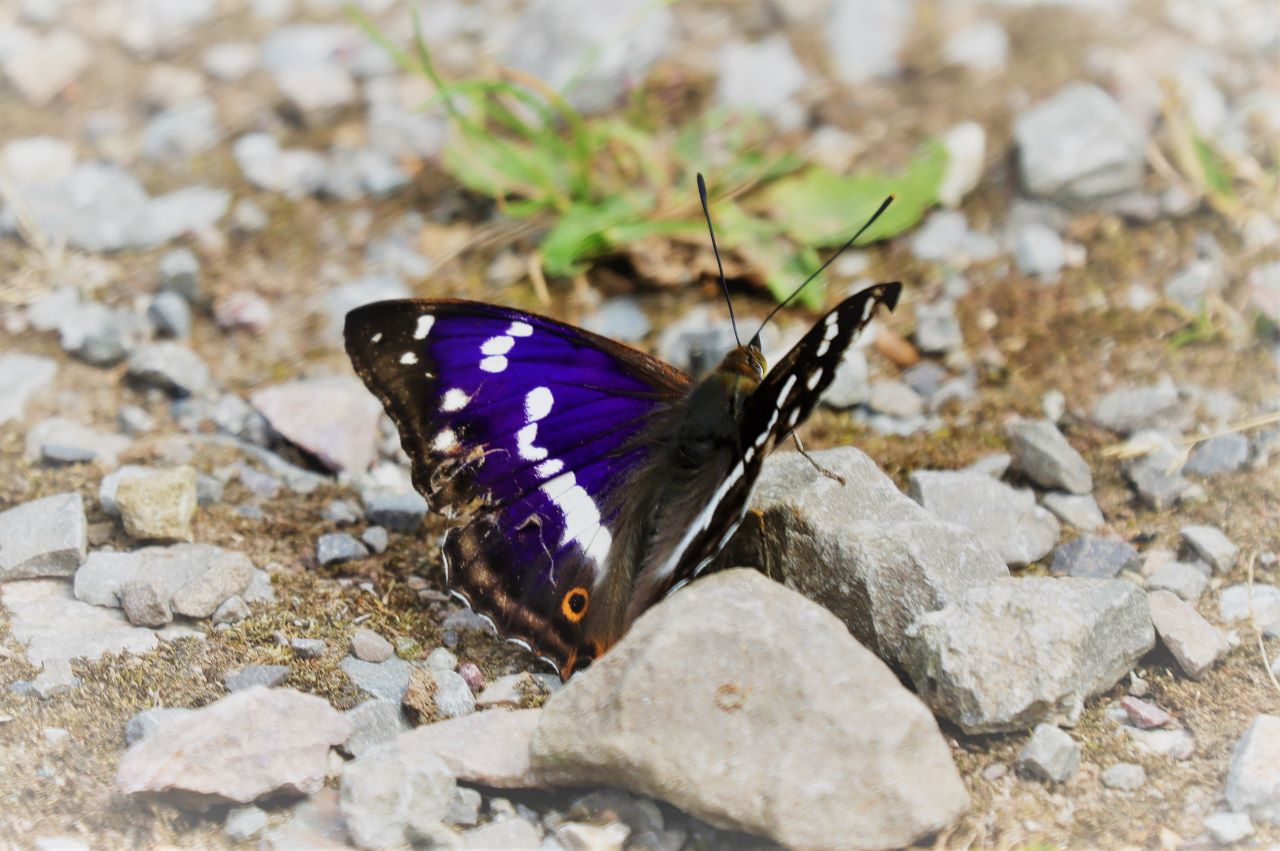

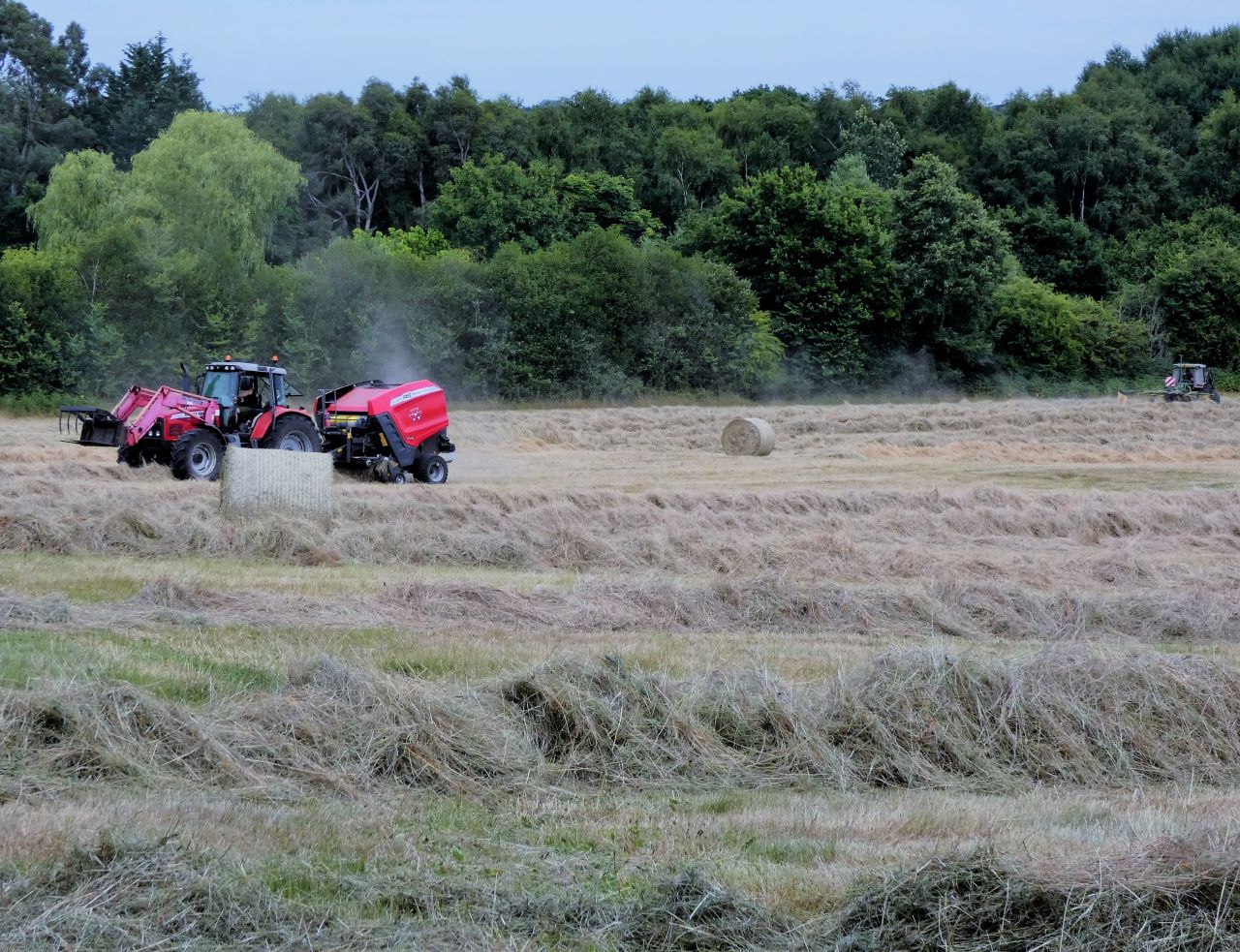
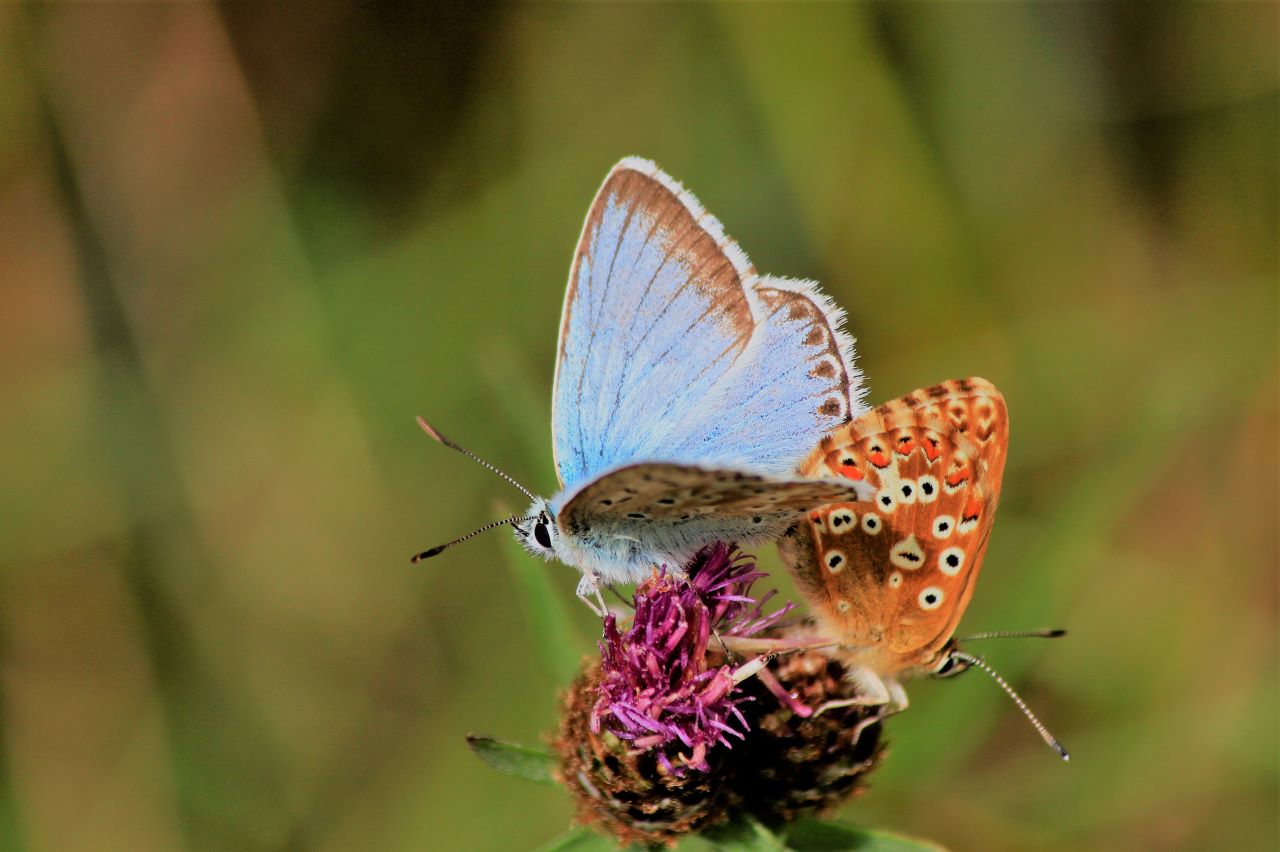


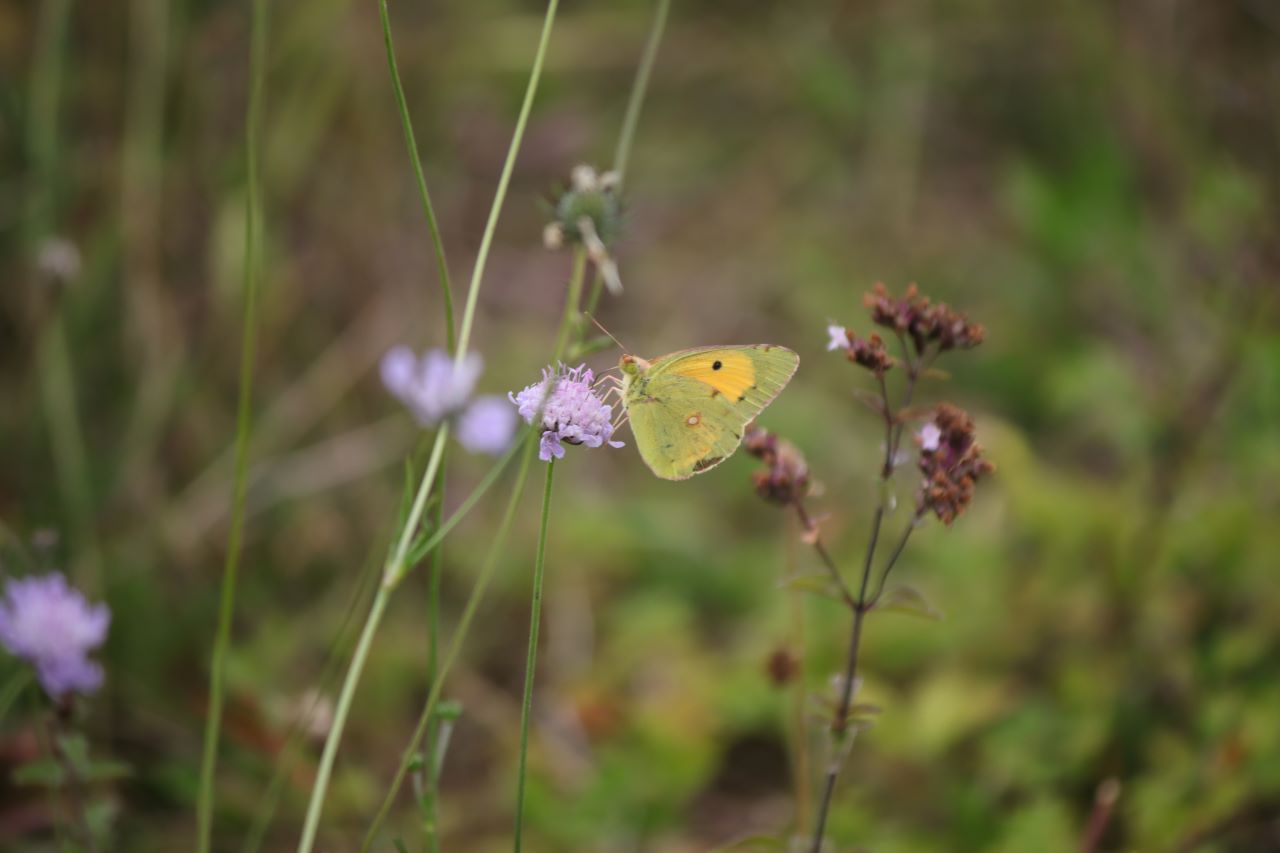
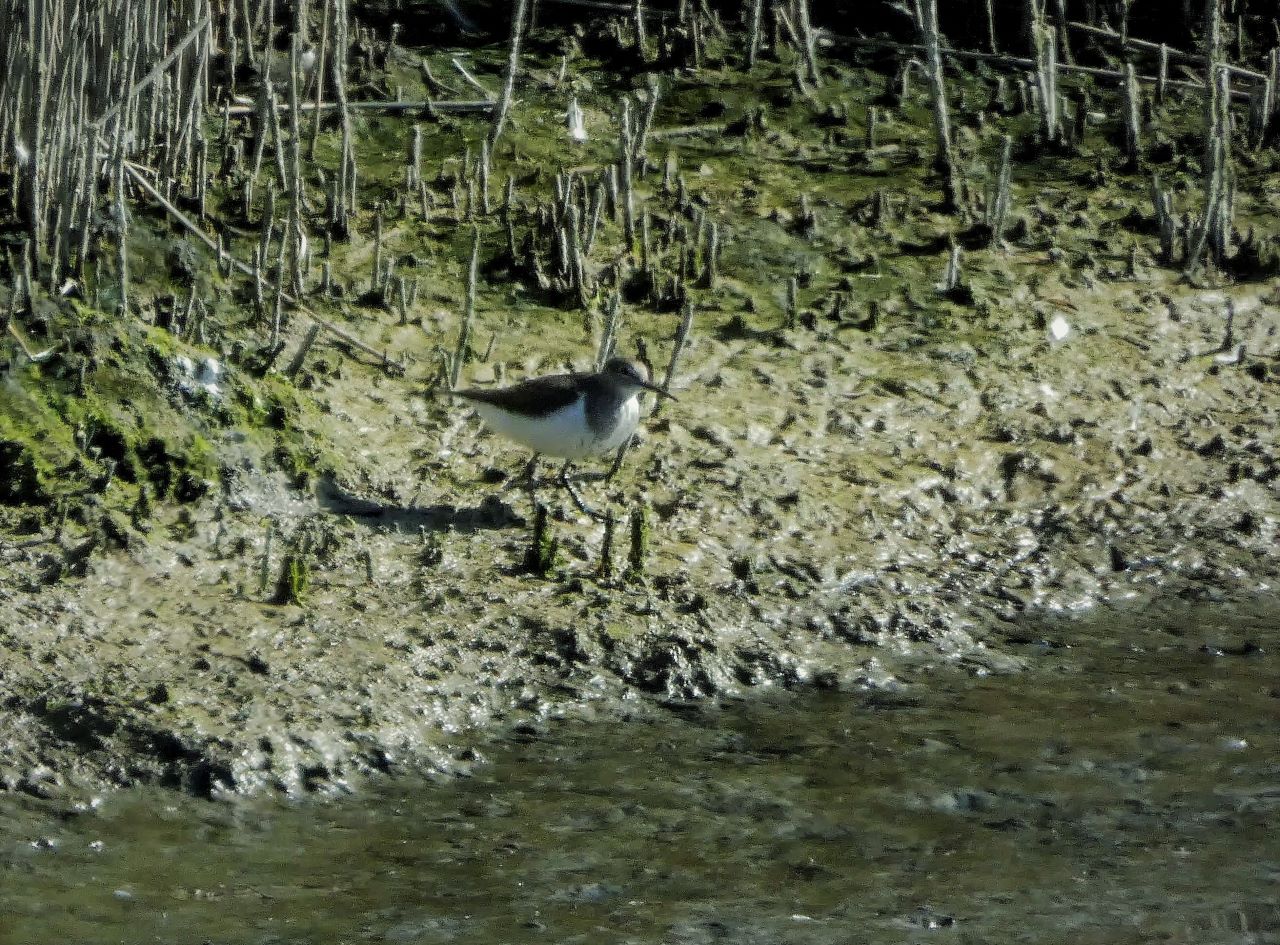

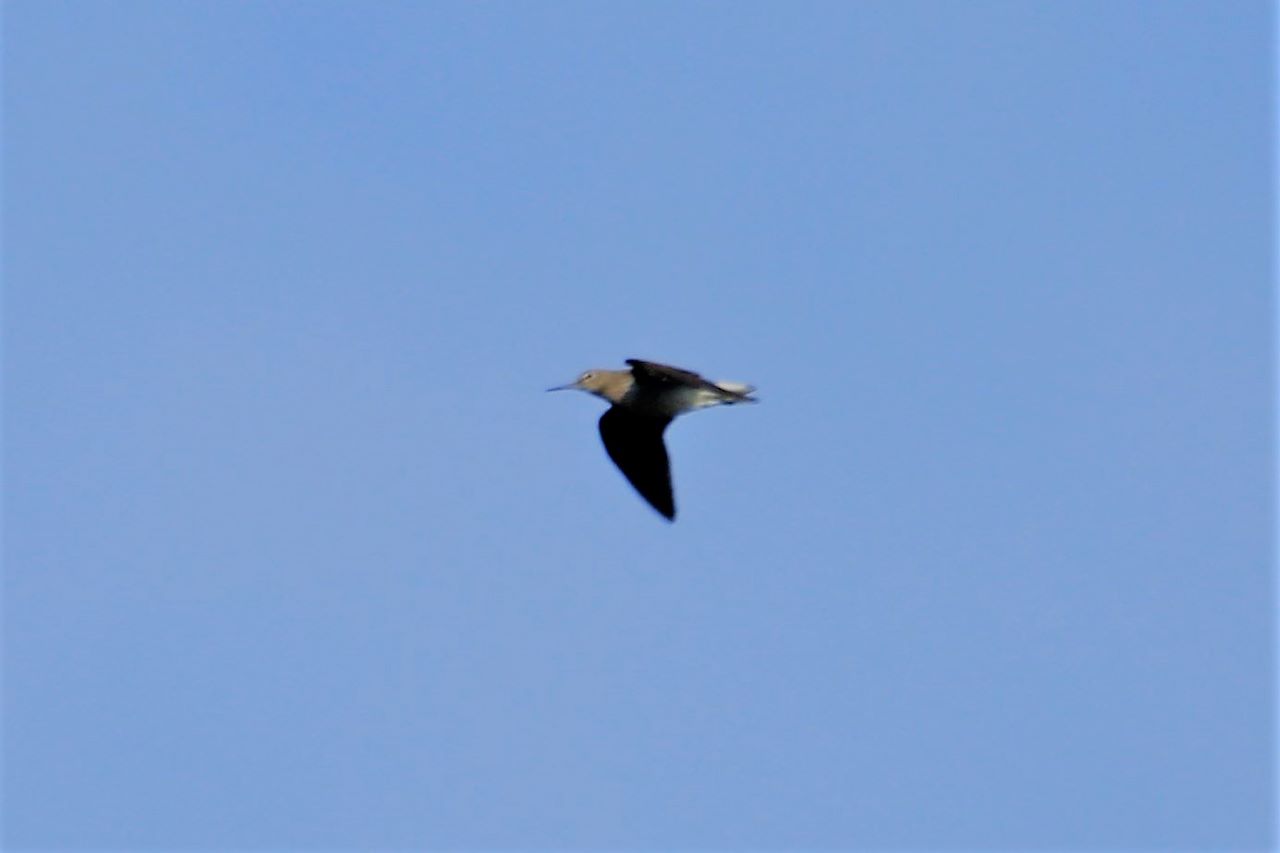
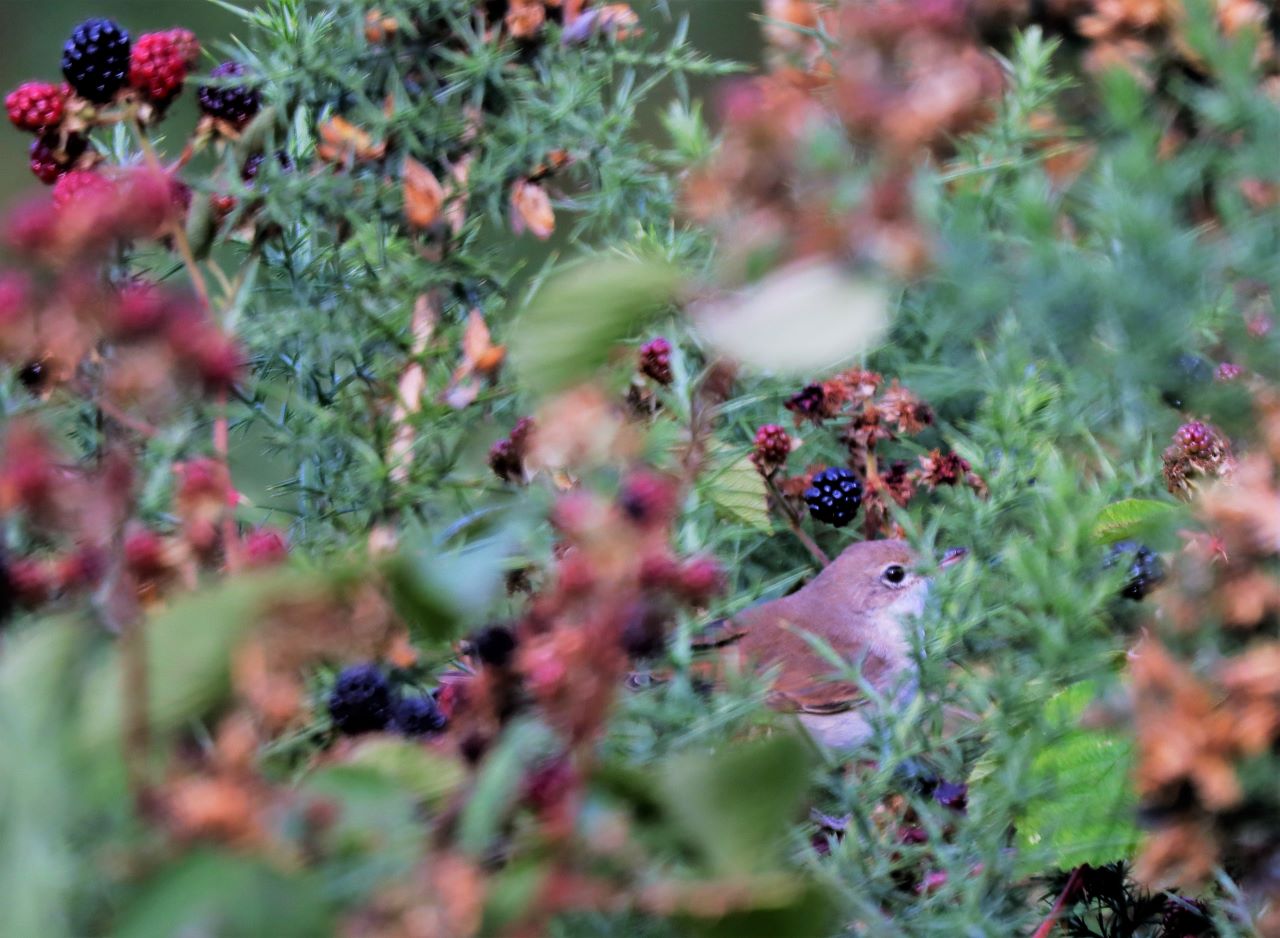

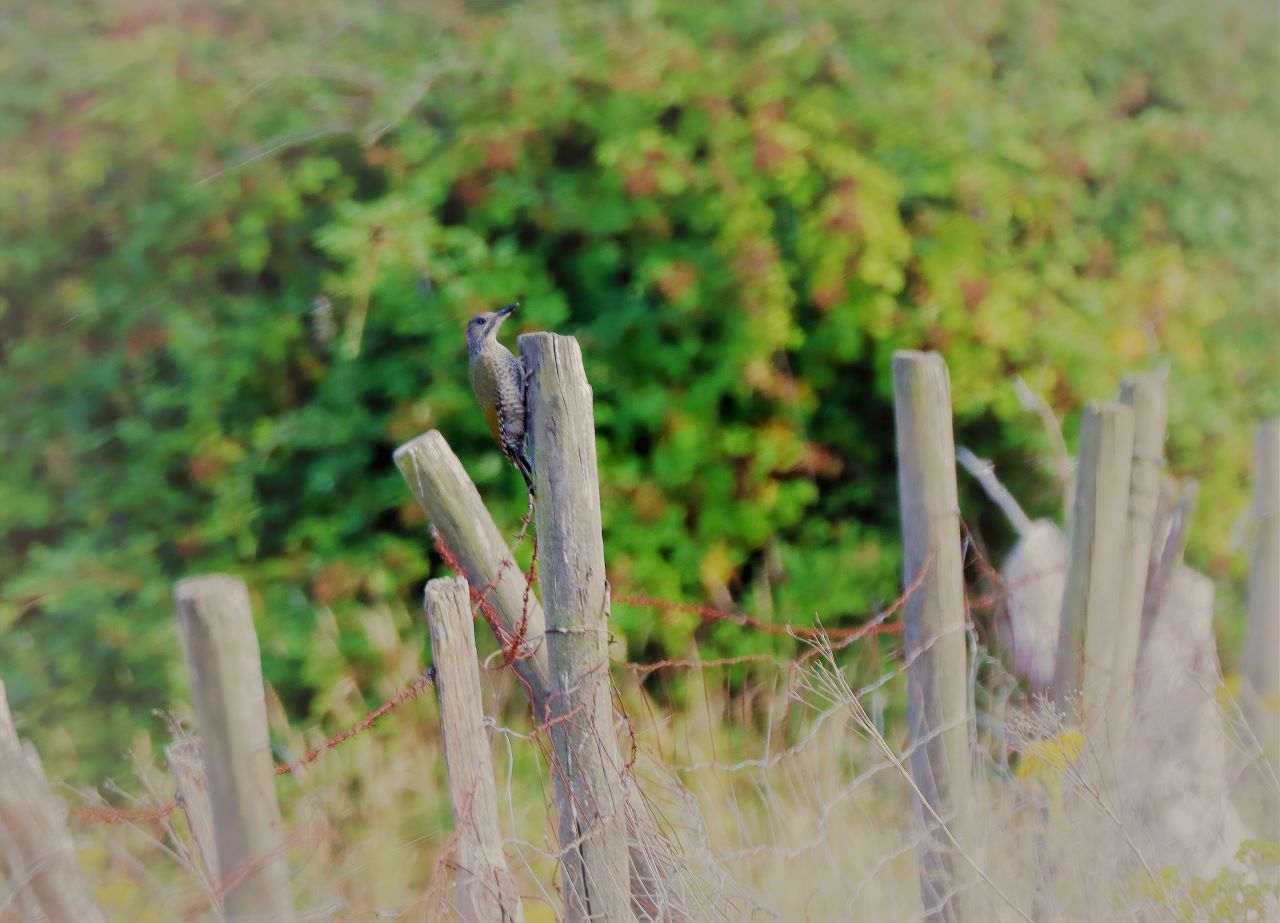
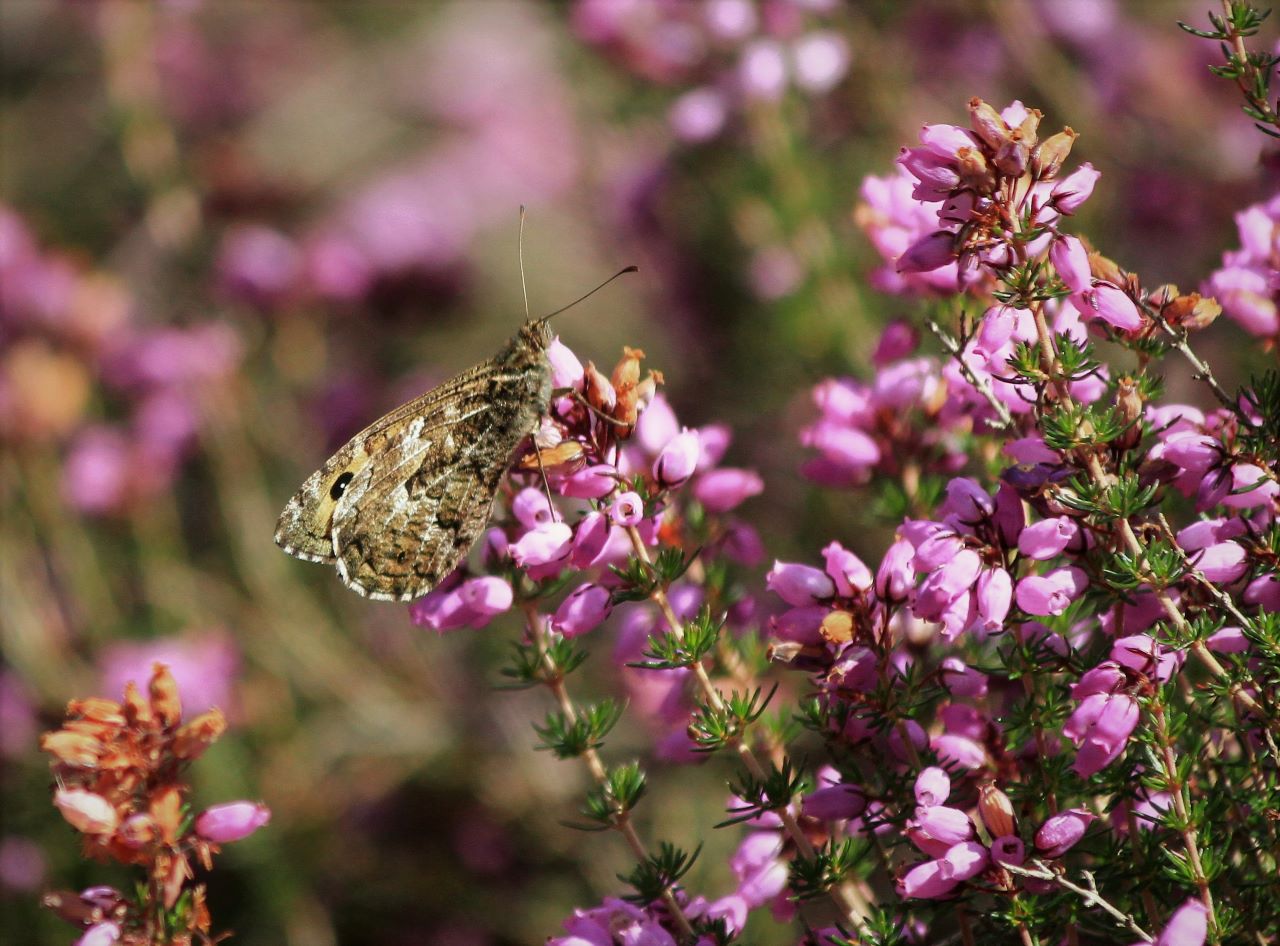
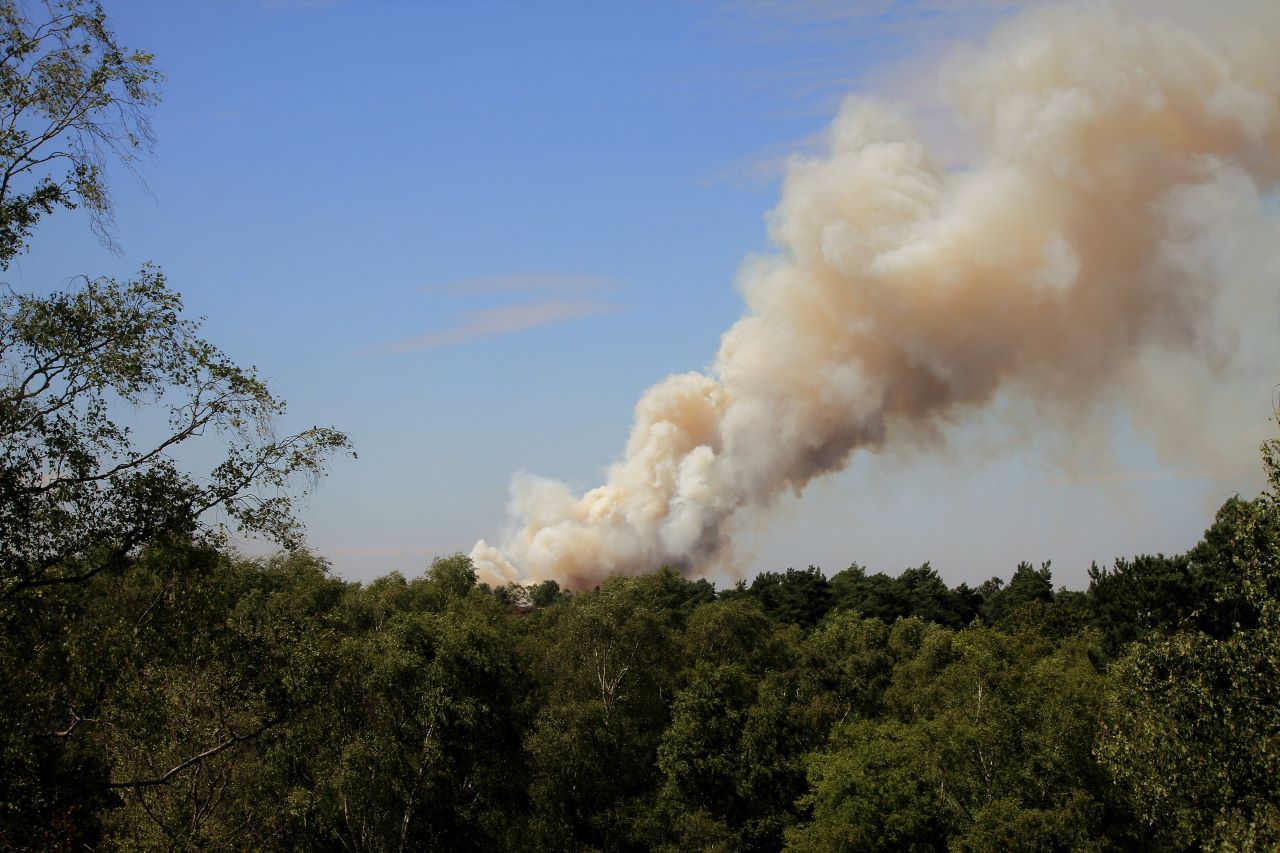
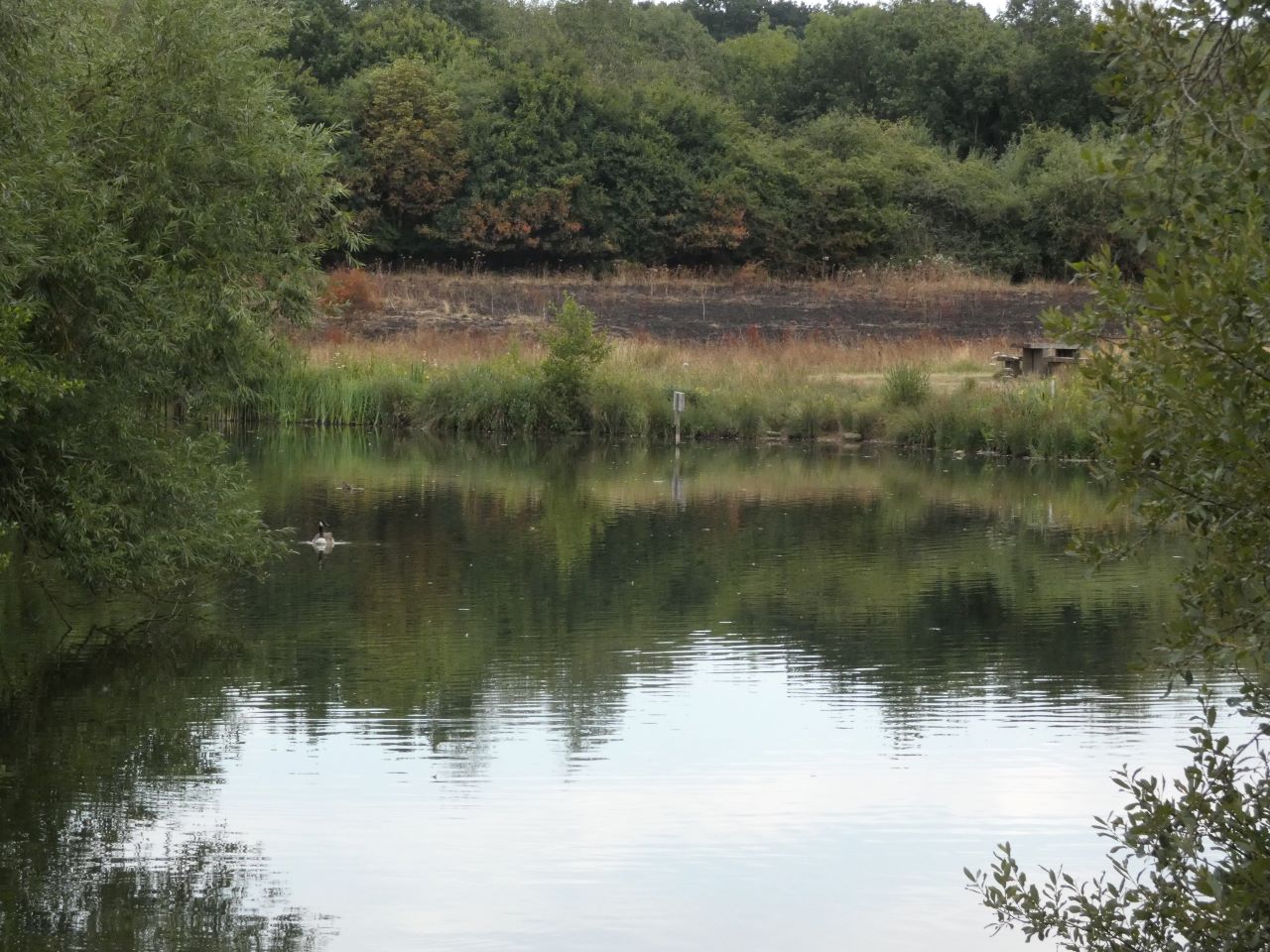


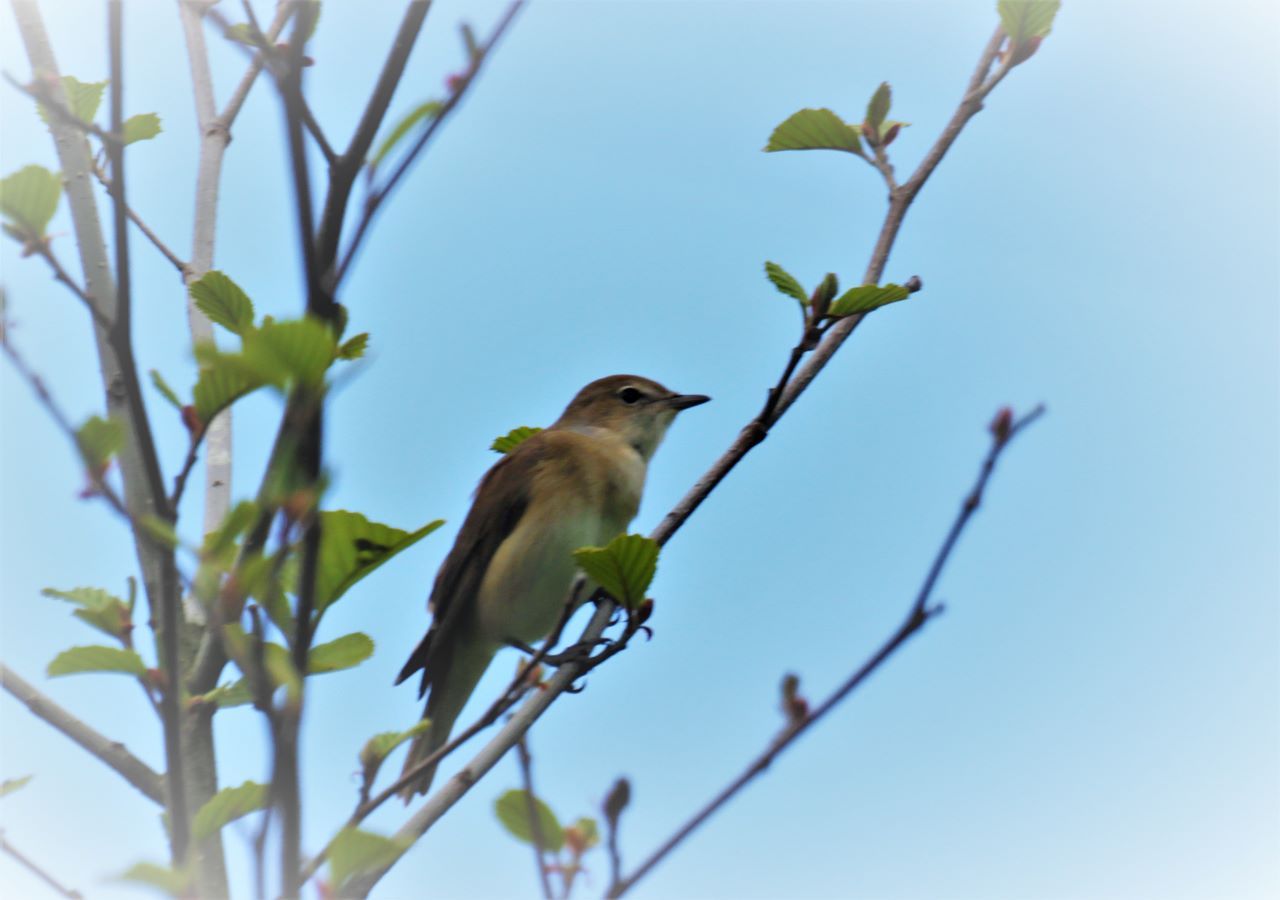


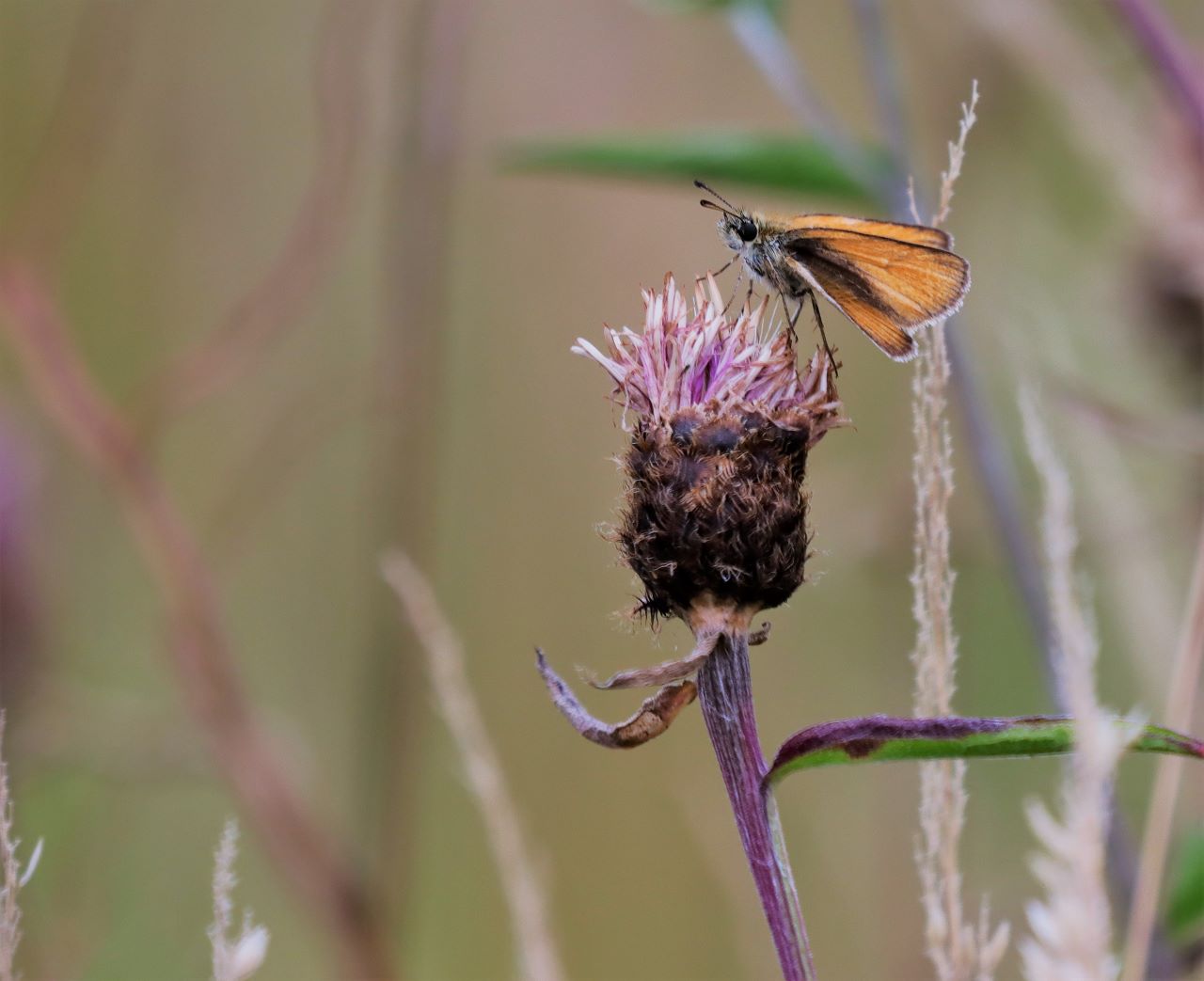
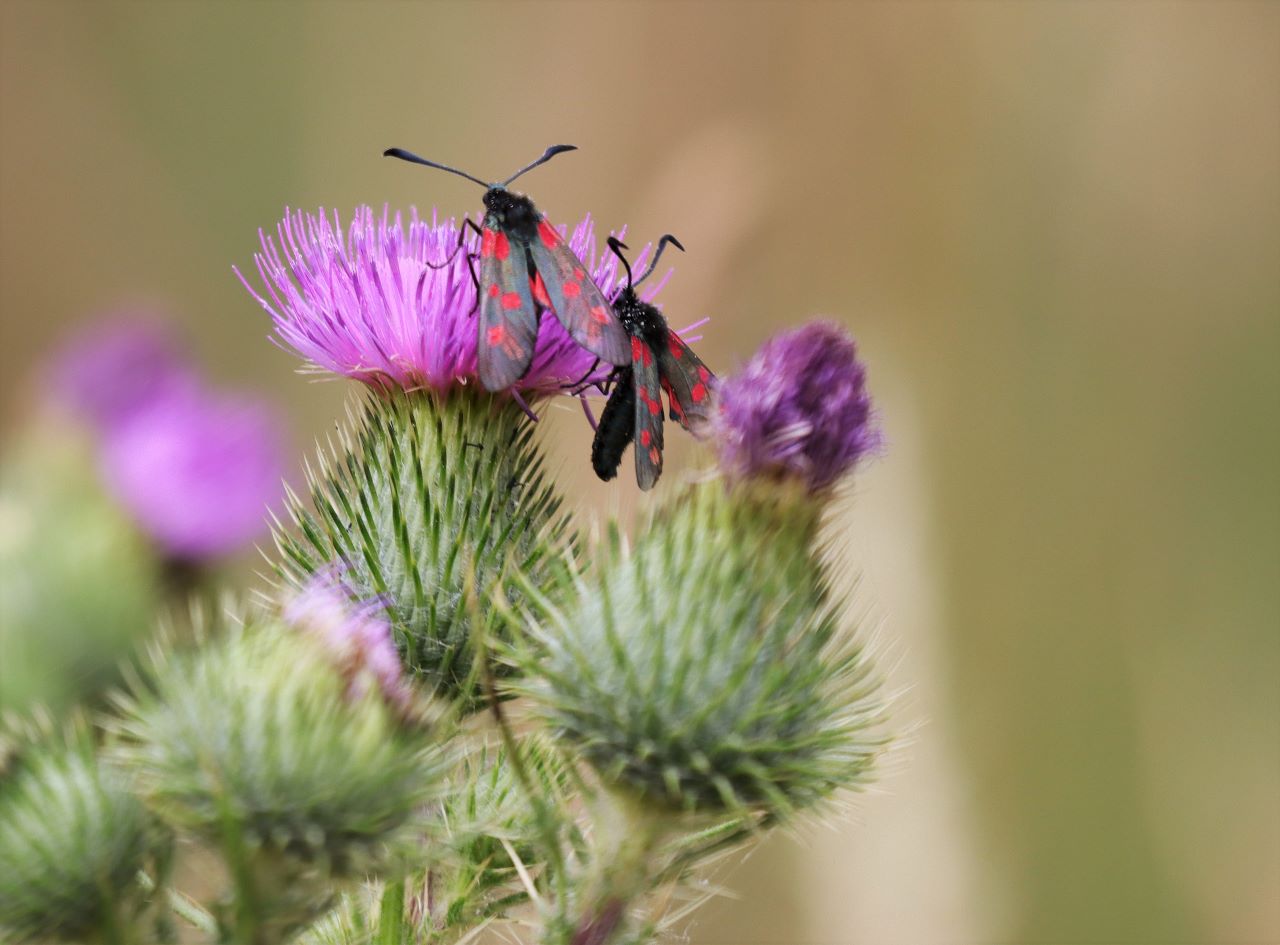
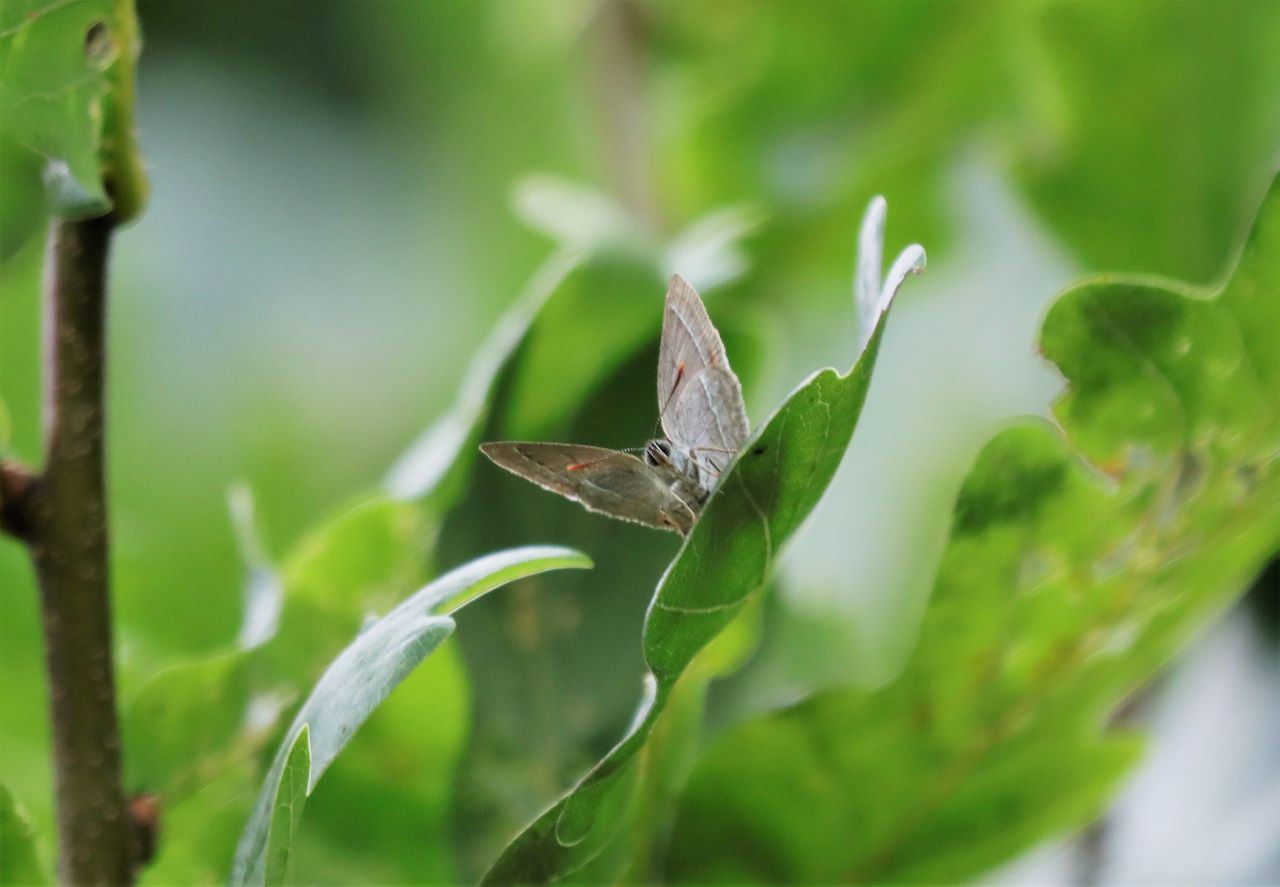
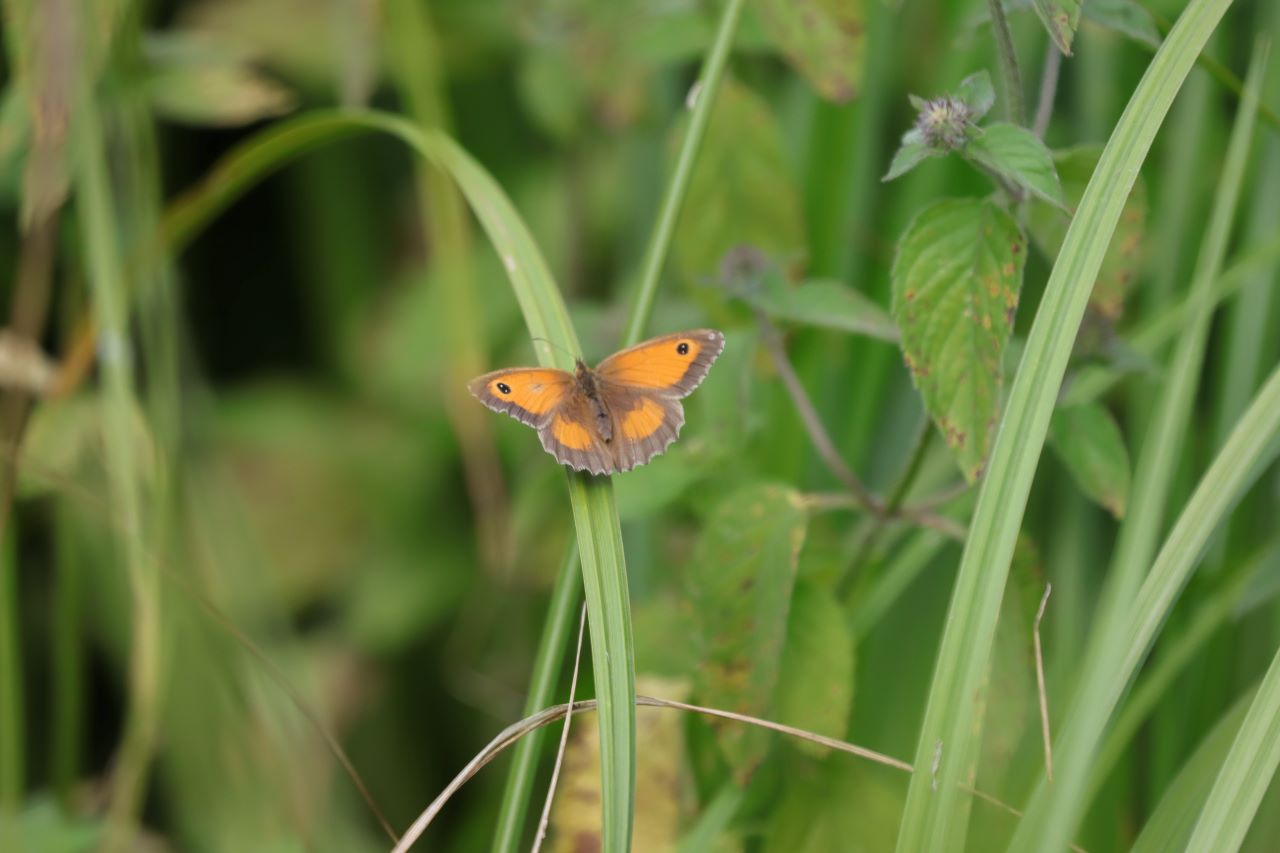
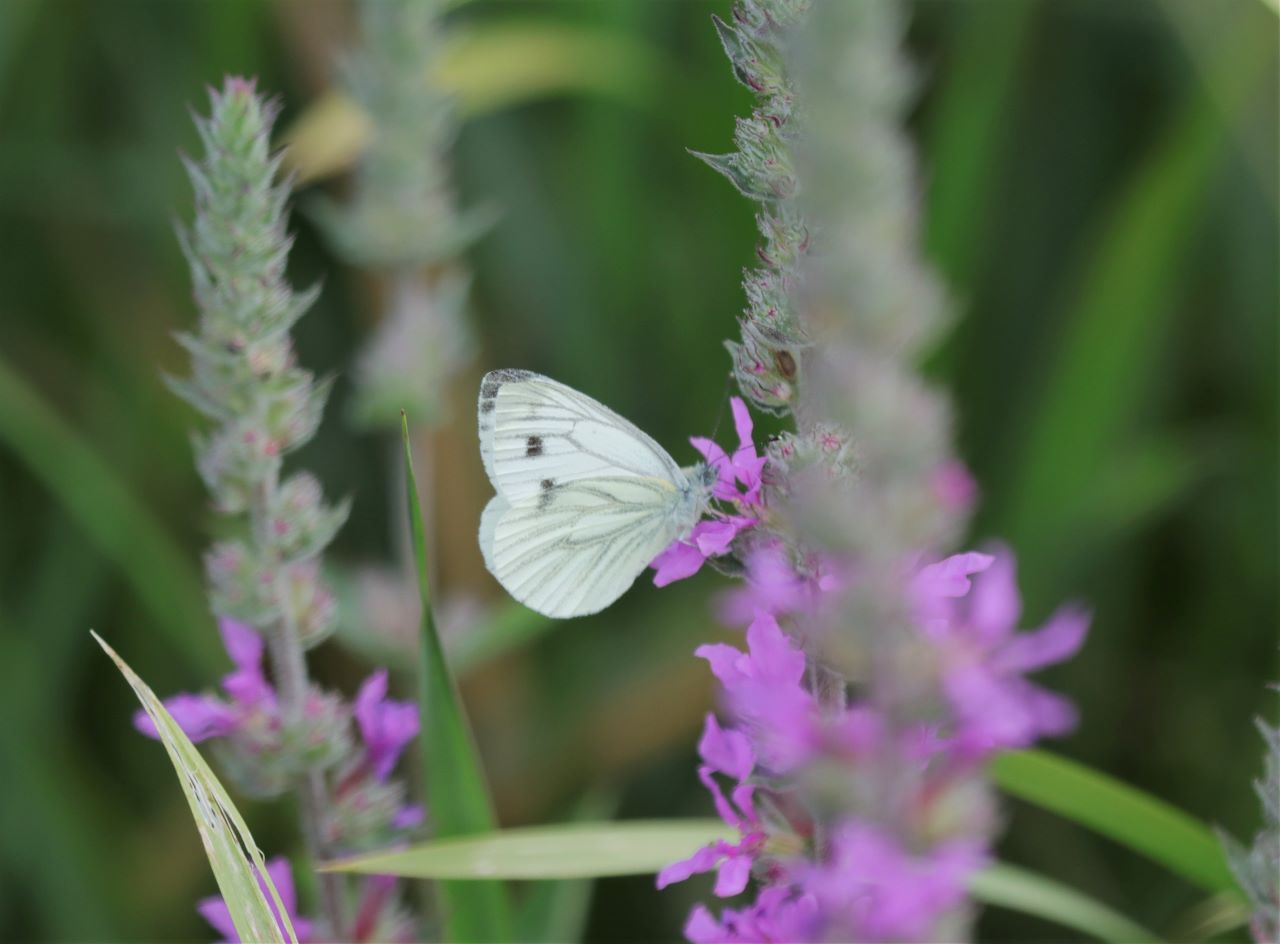
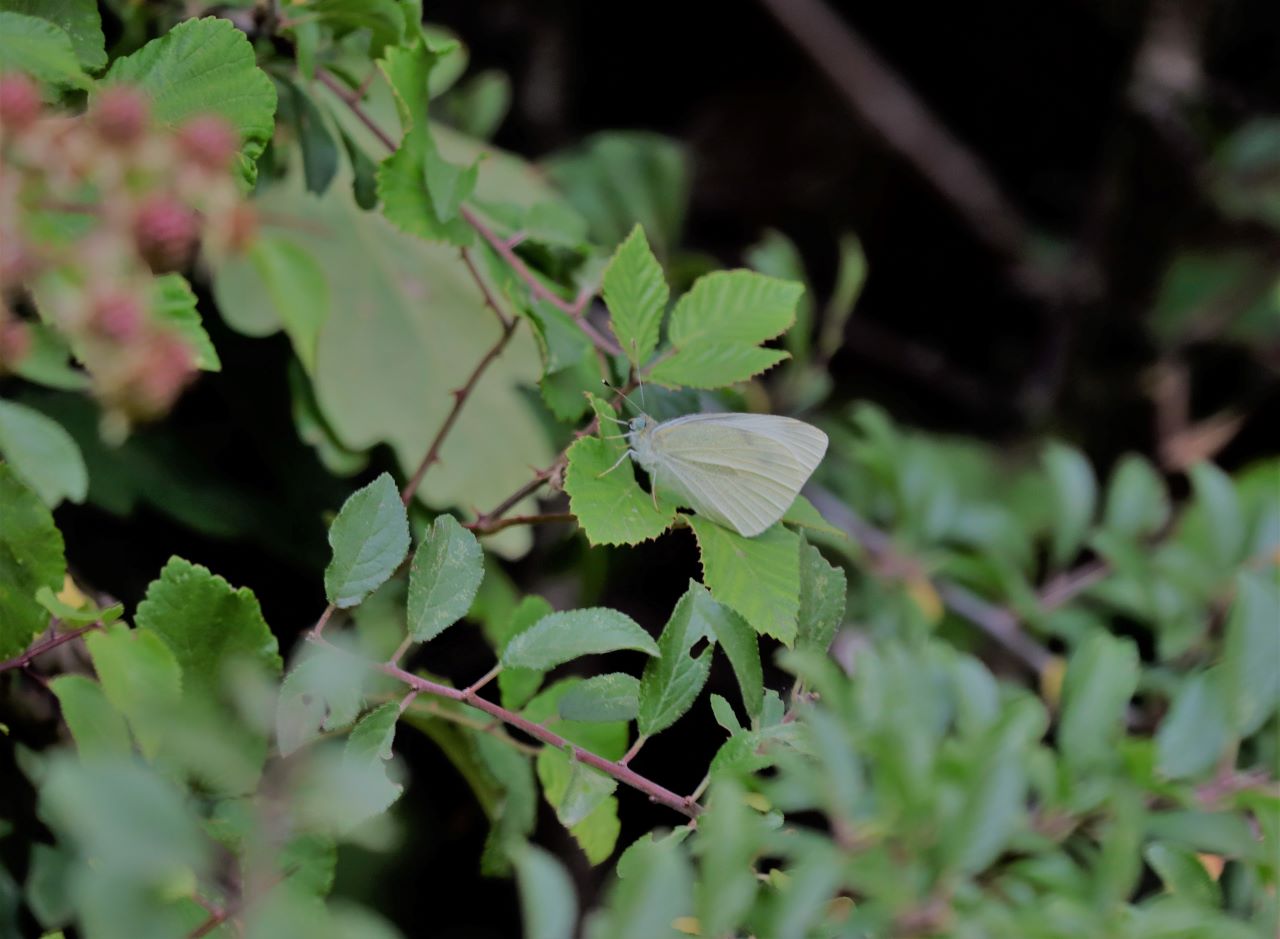
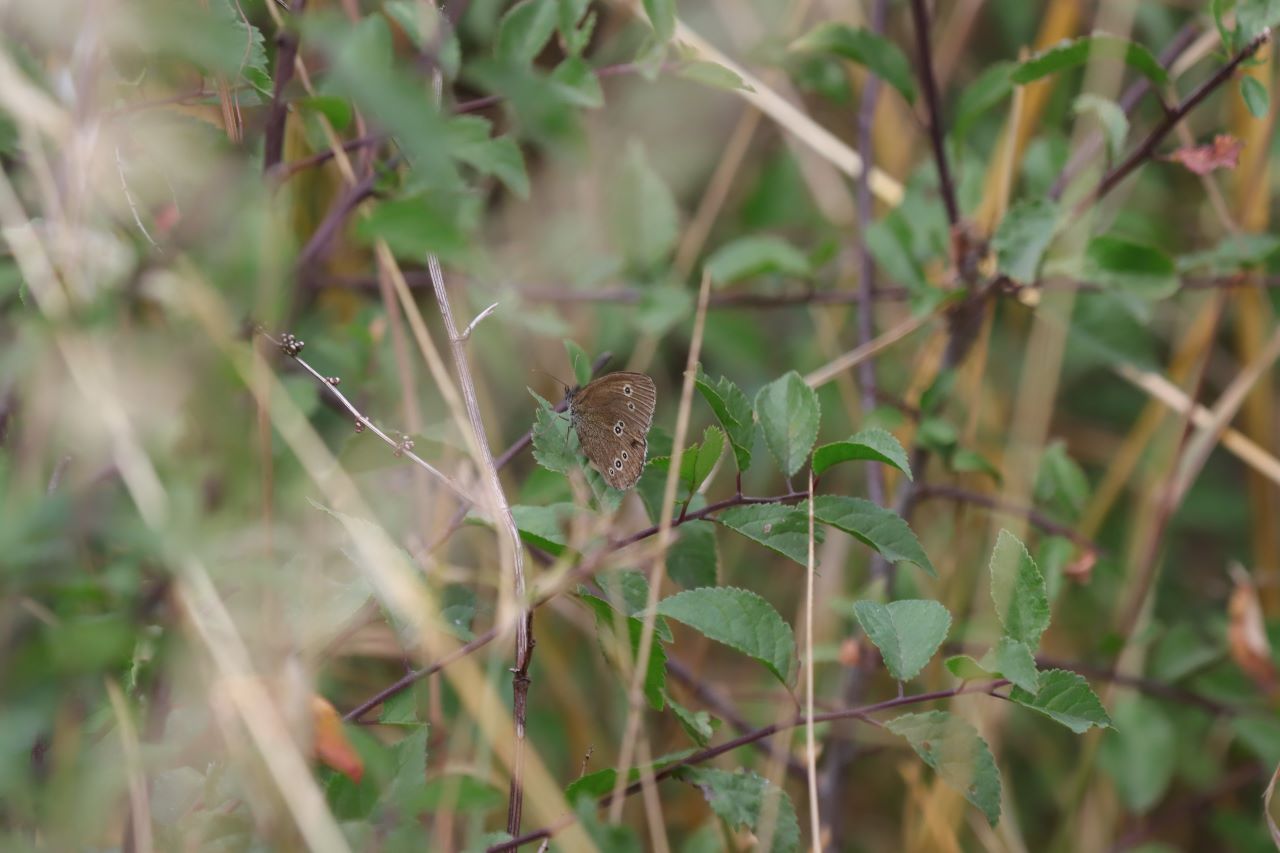


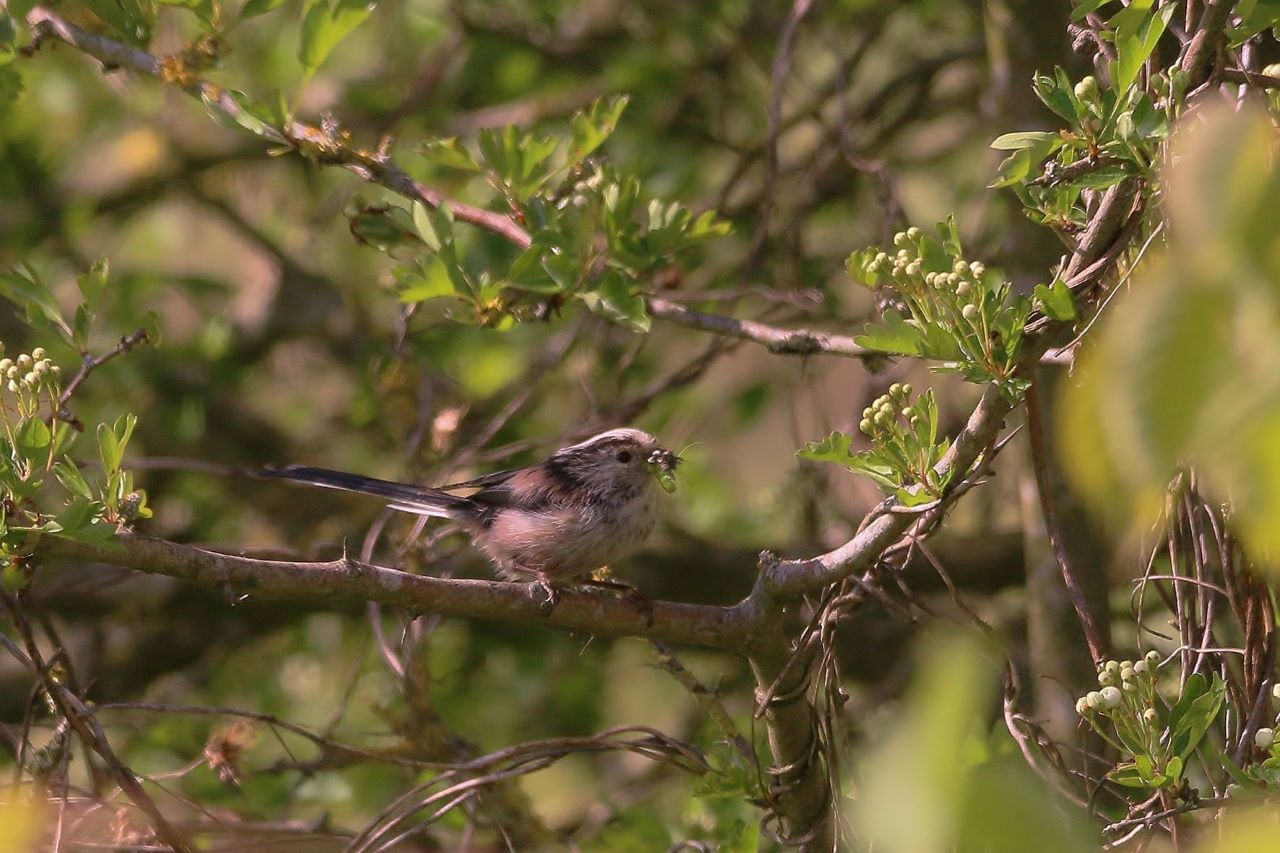
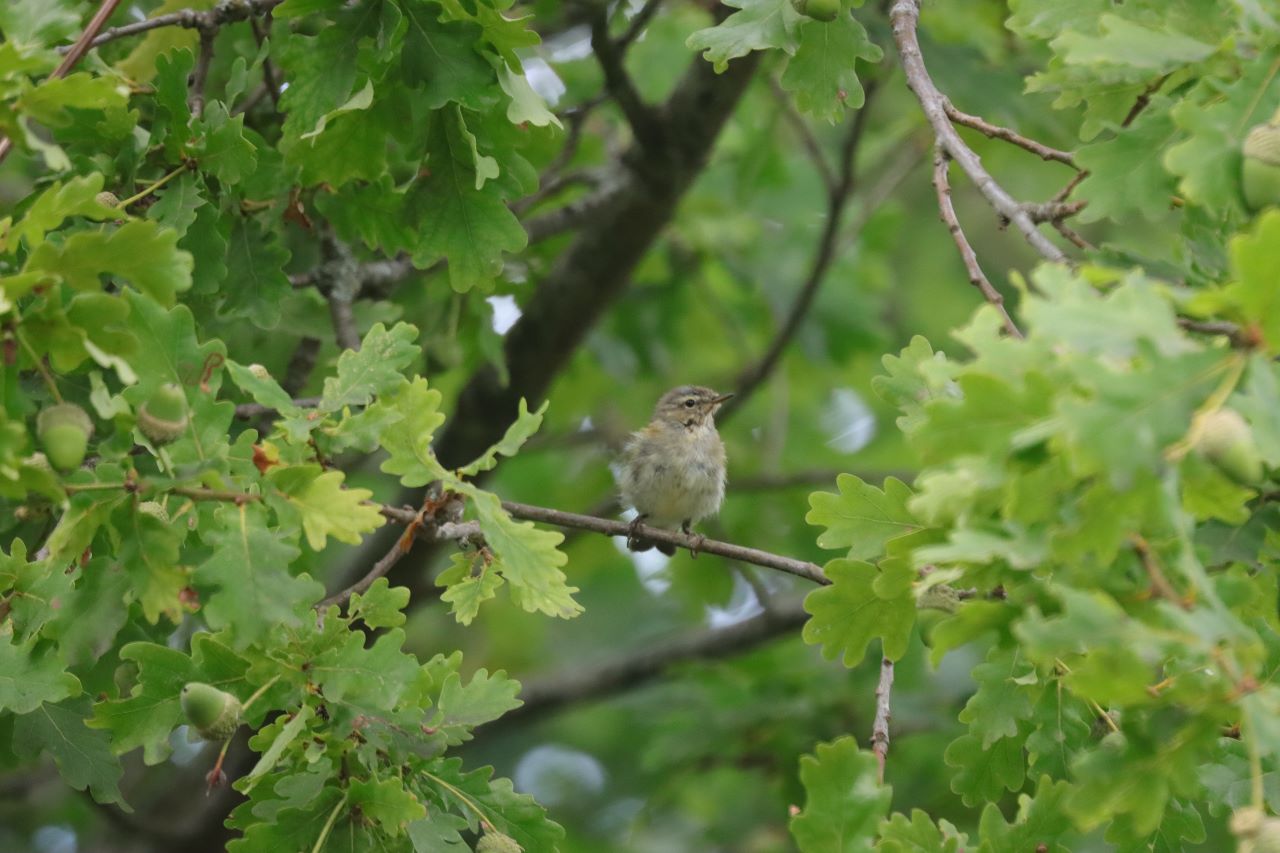
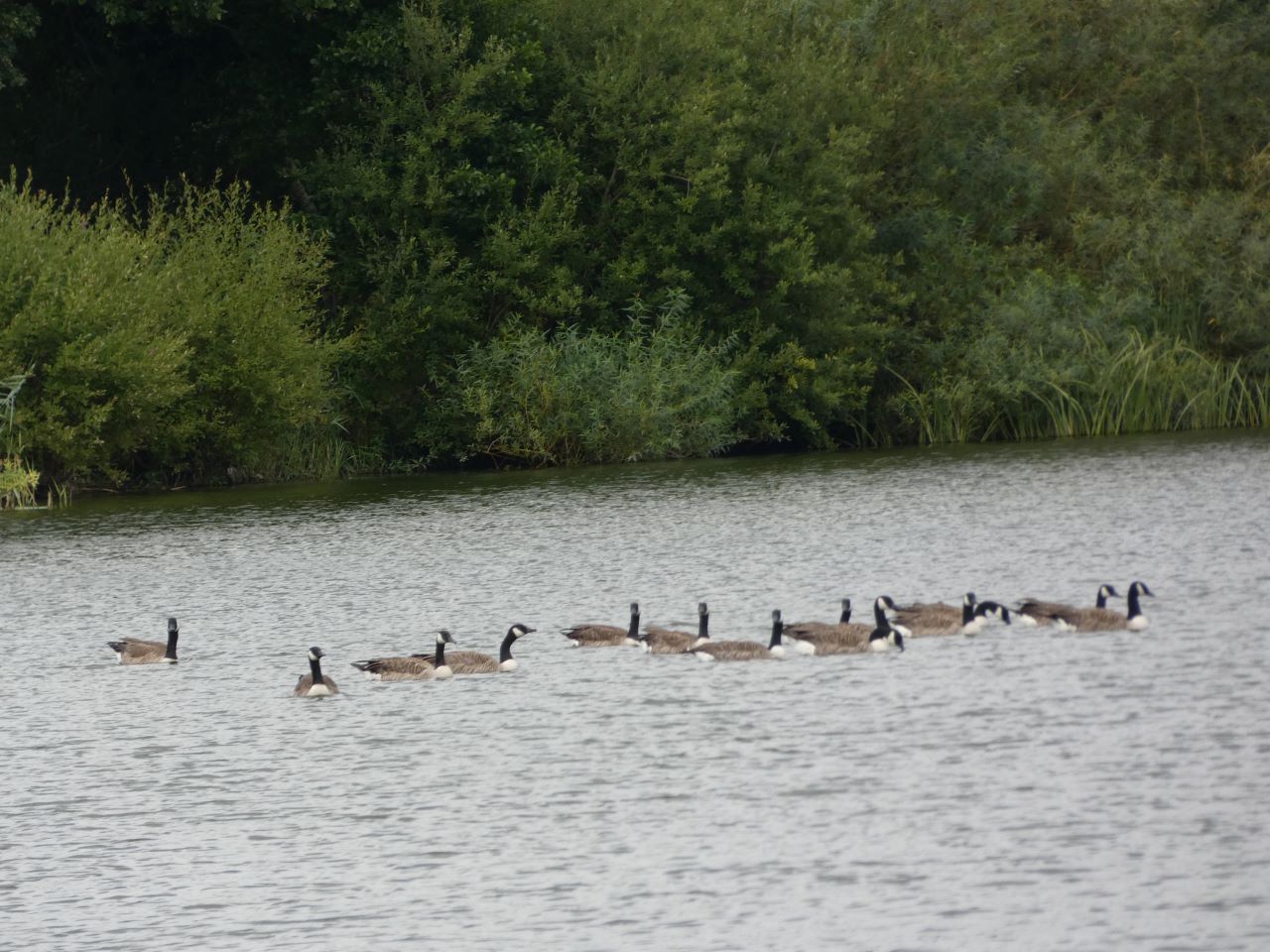
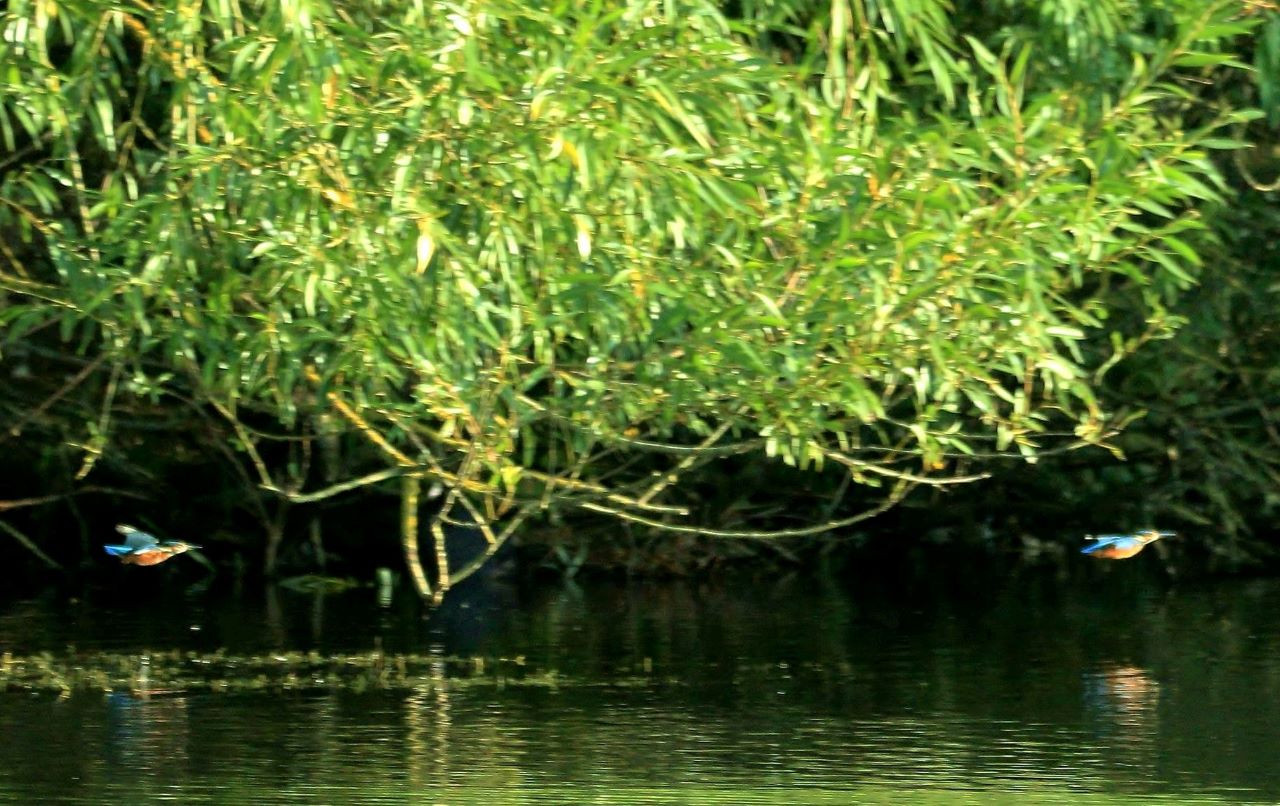
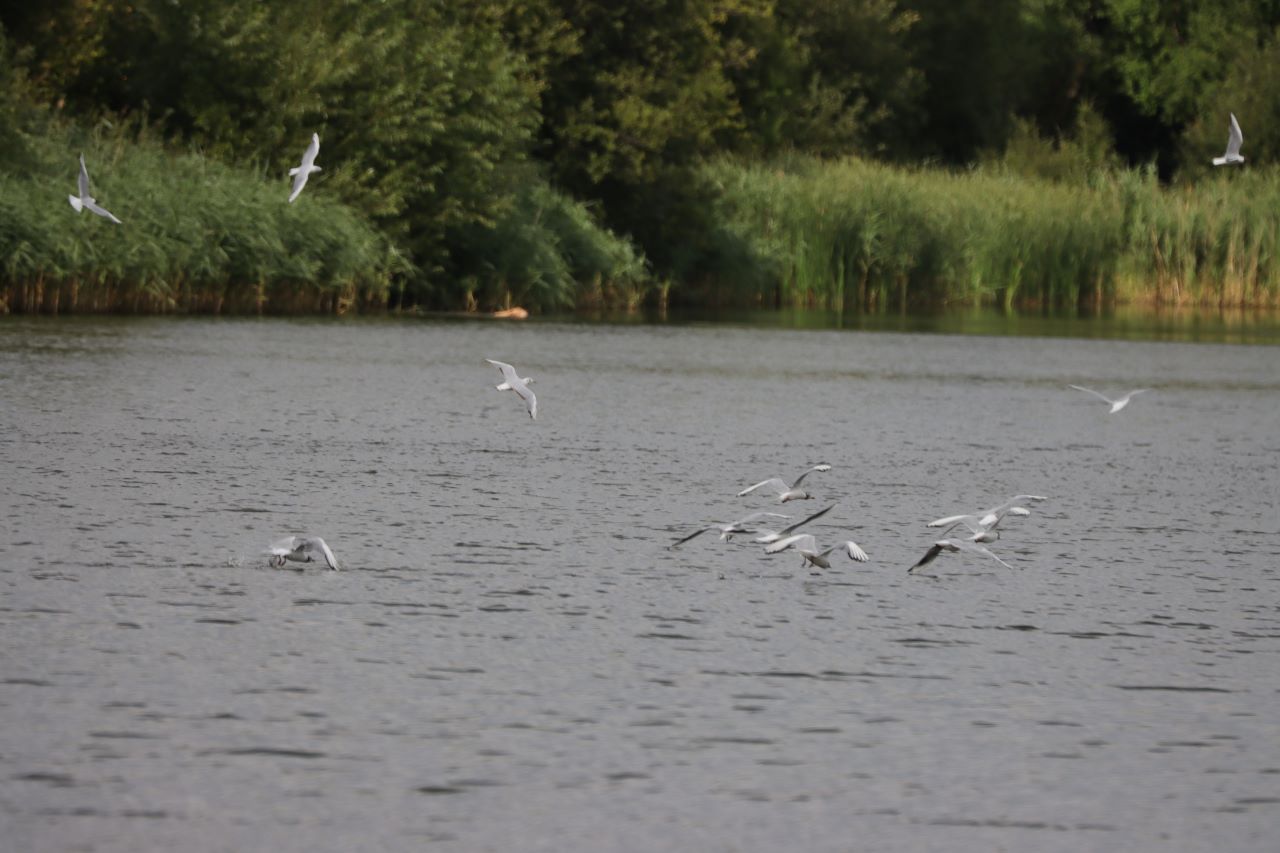
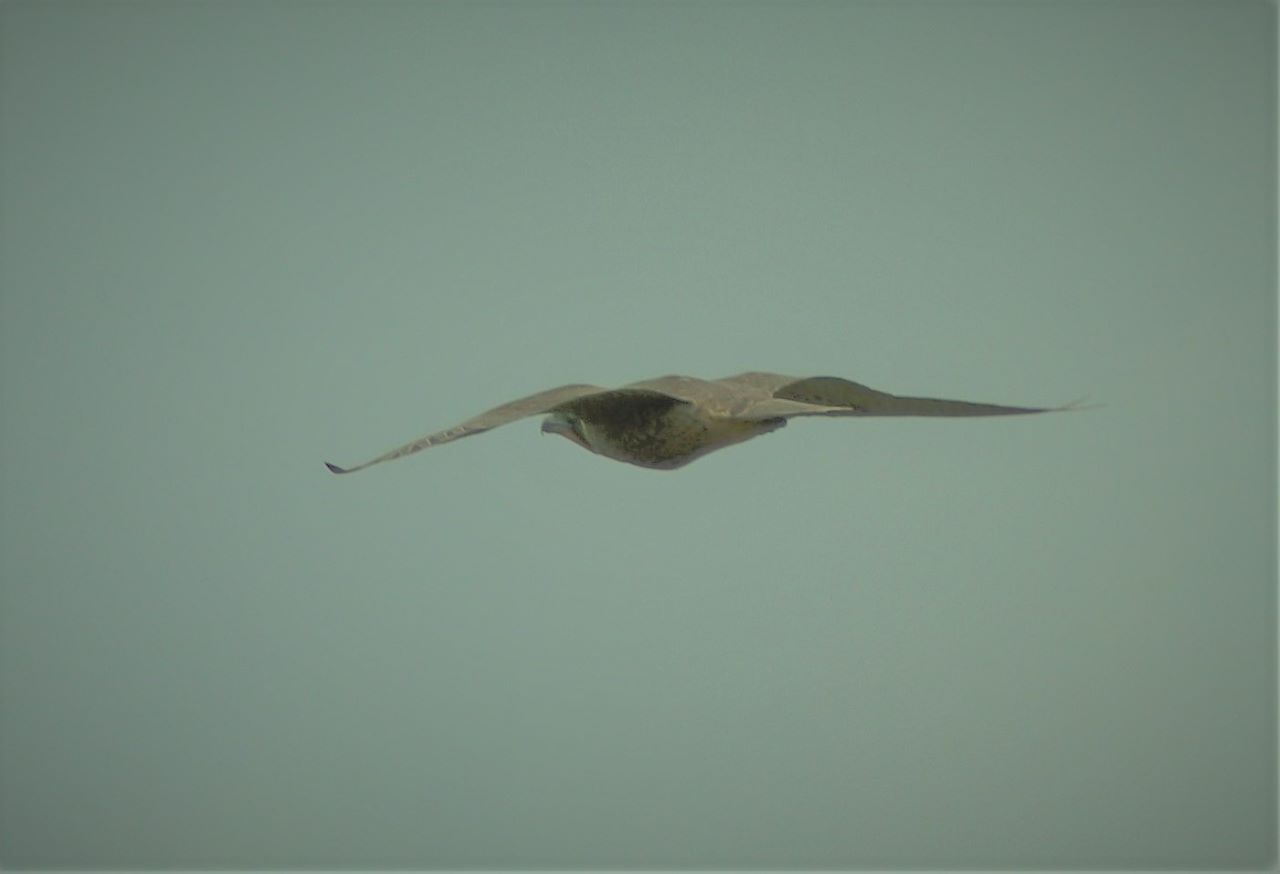


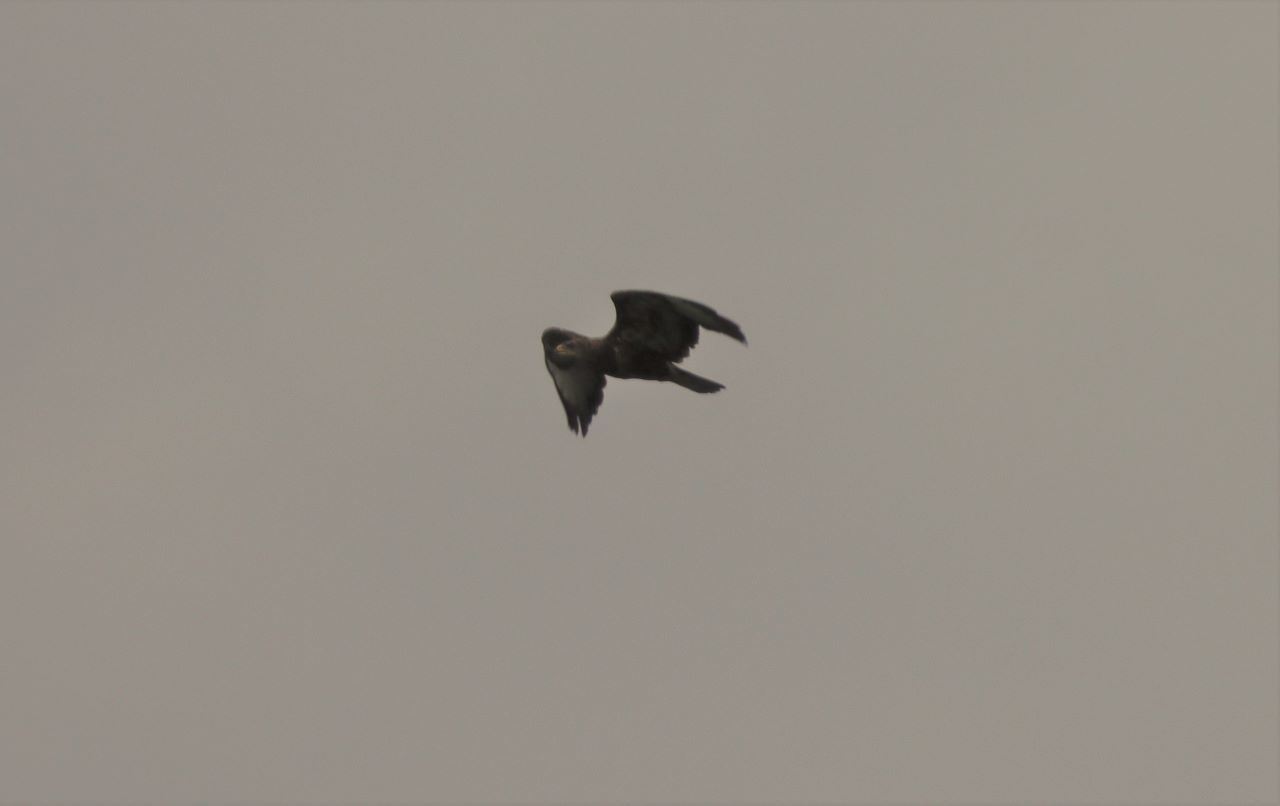
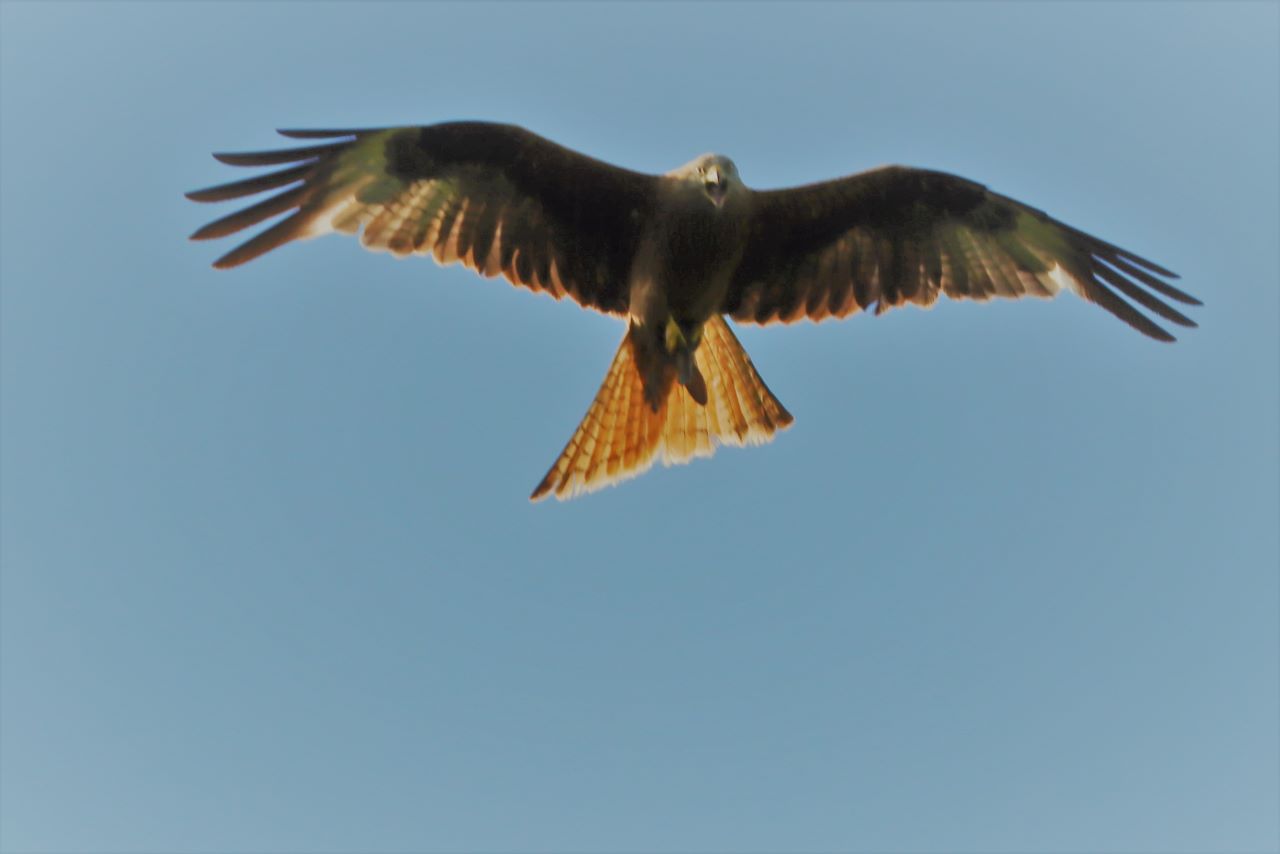


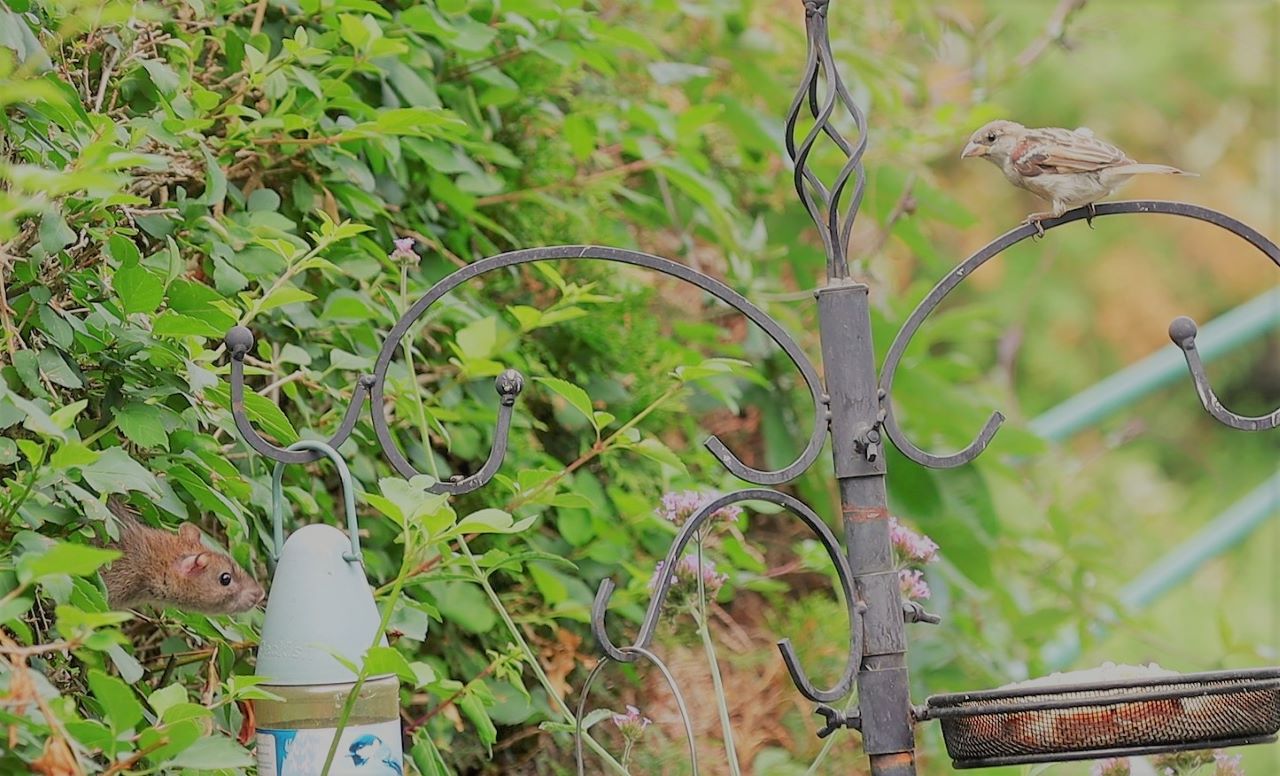

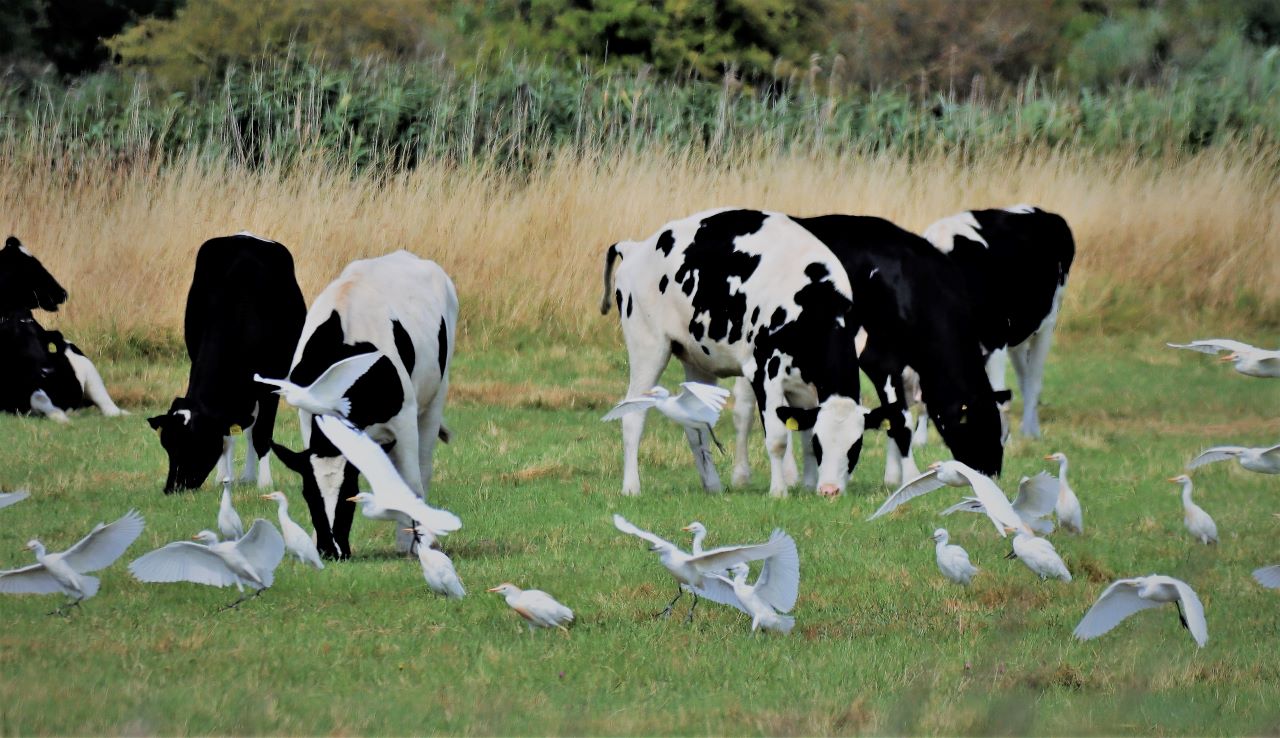



Alastair Atkinson
August 6, 2022 at 11:27 pm
What a fantastic set of photos, makes me feel so lucky that we live in Guildford and surrounded by such lovely wildlife. Really looking forwrad to seeing seeing the next post